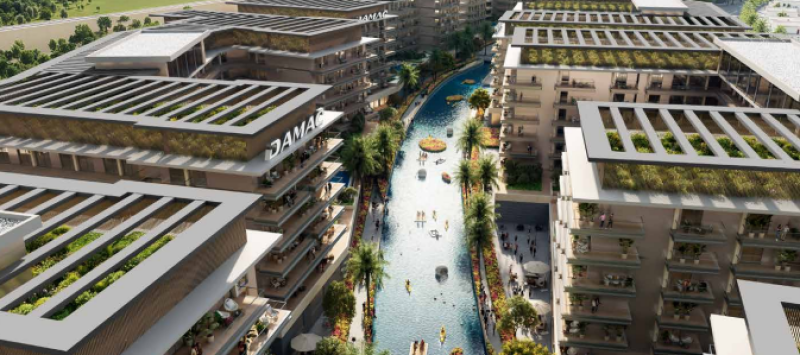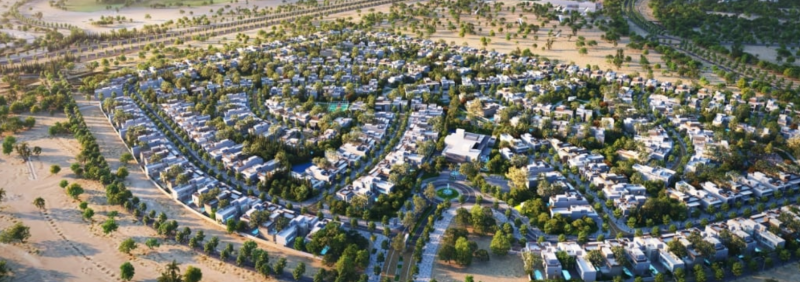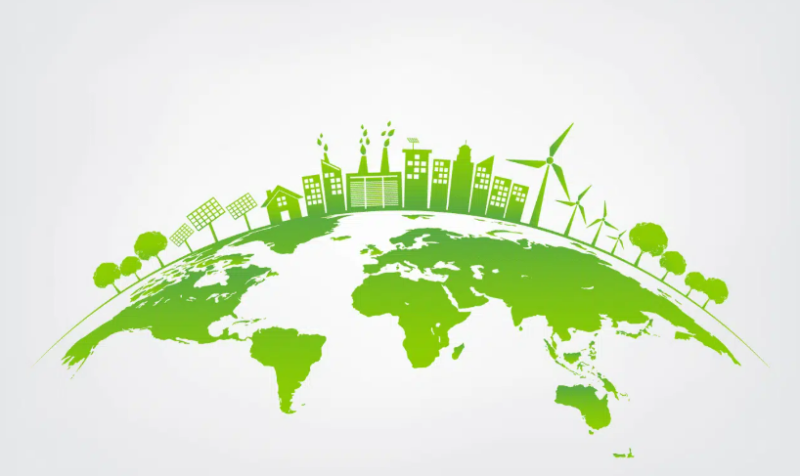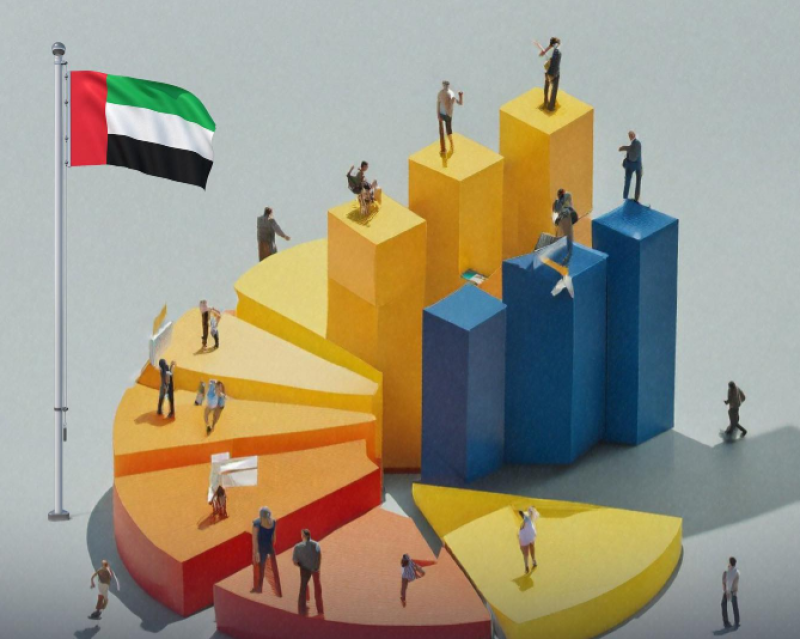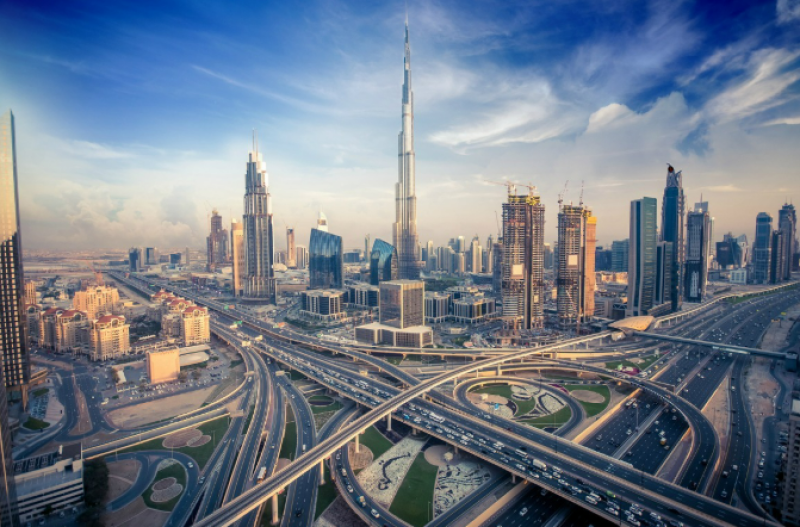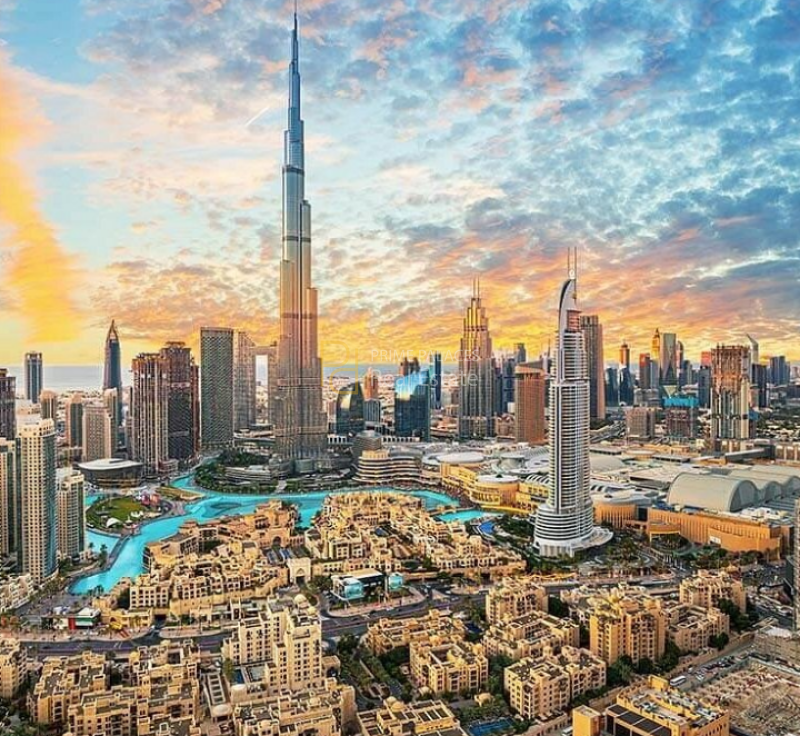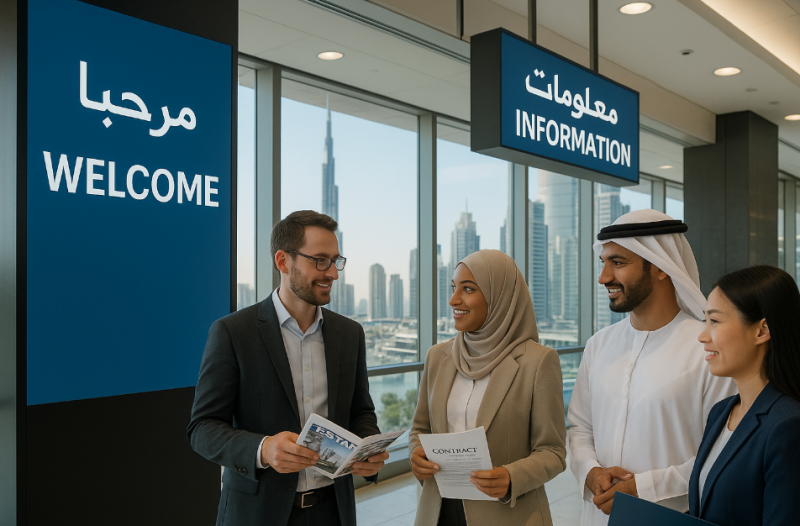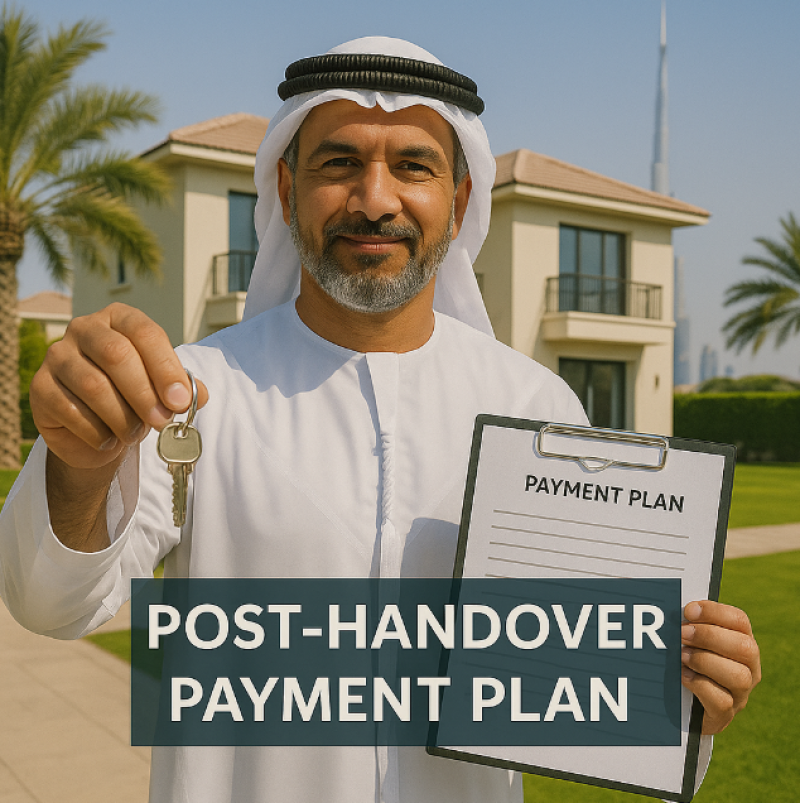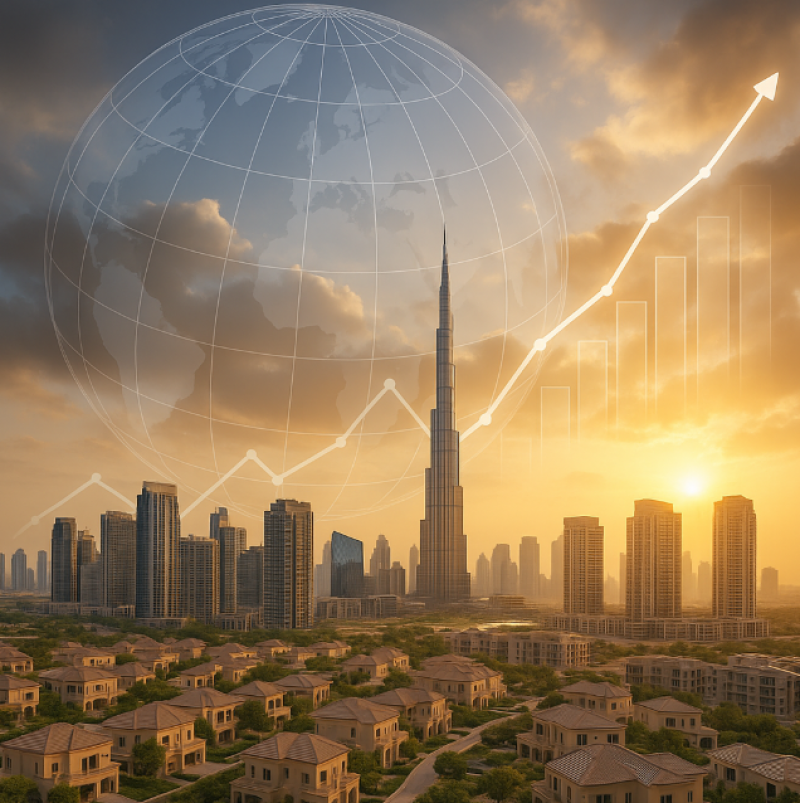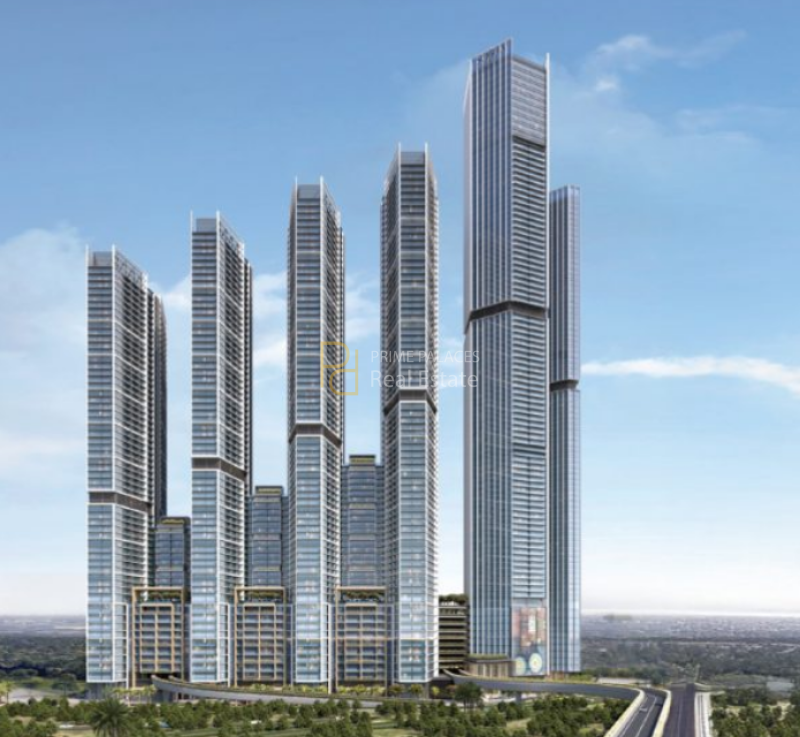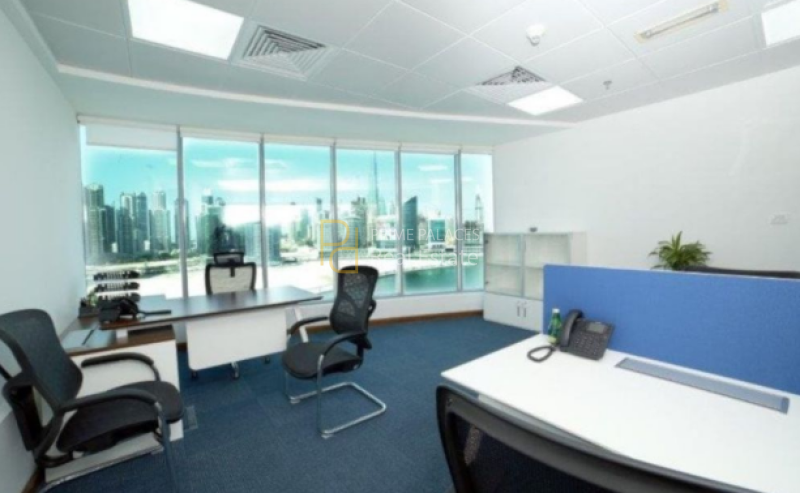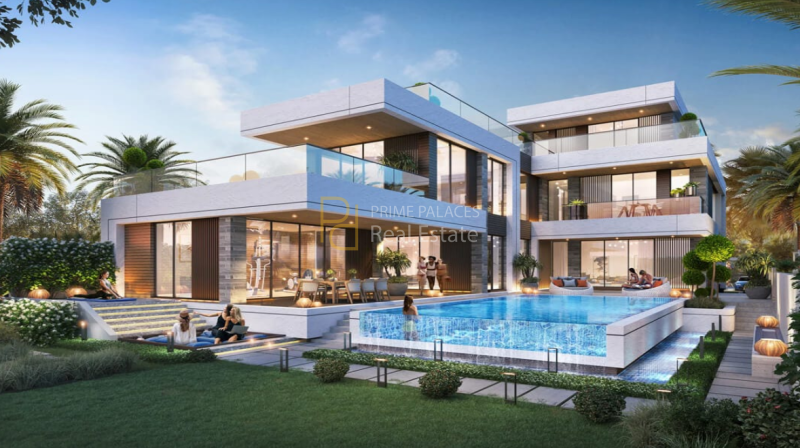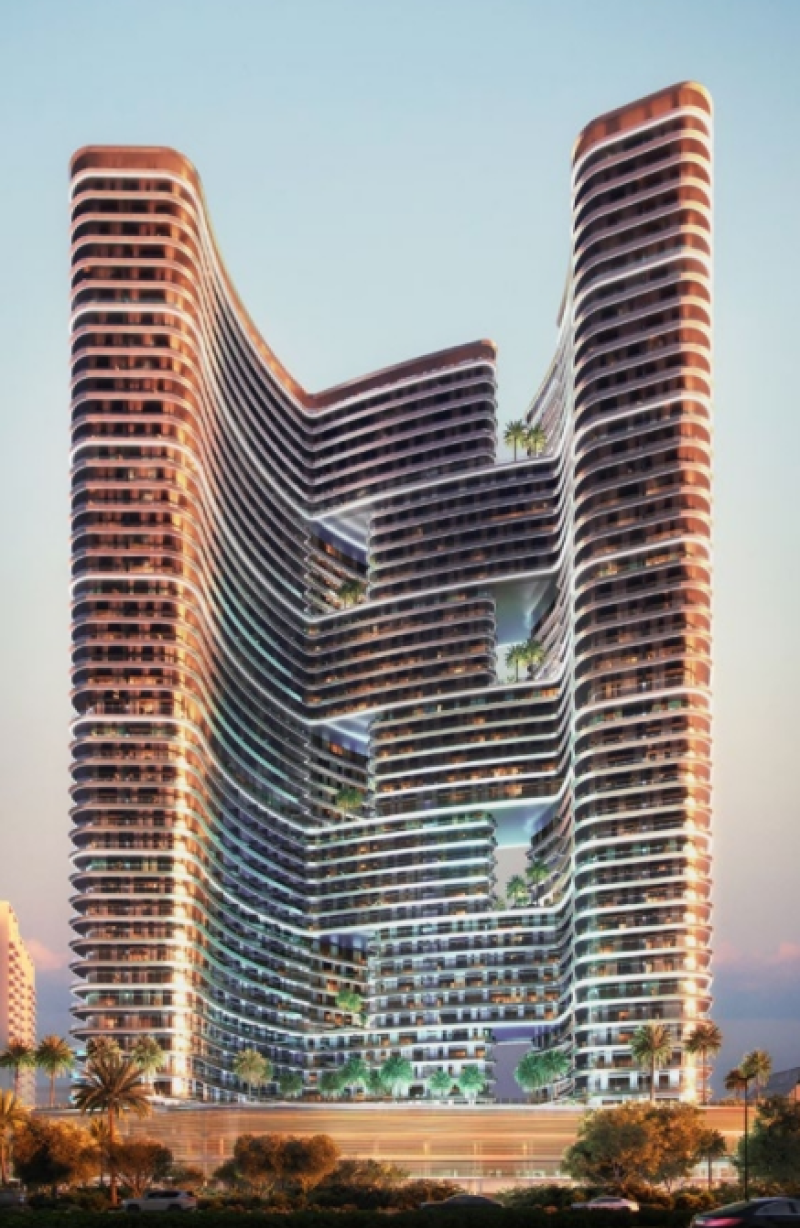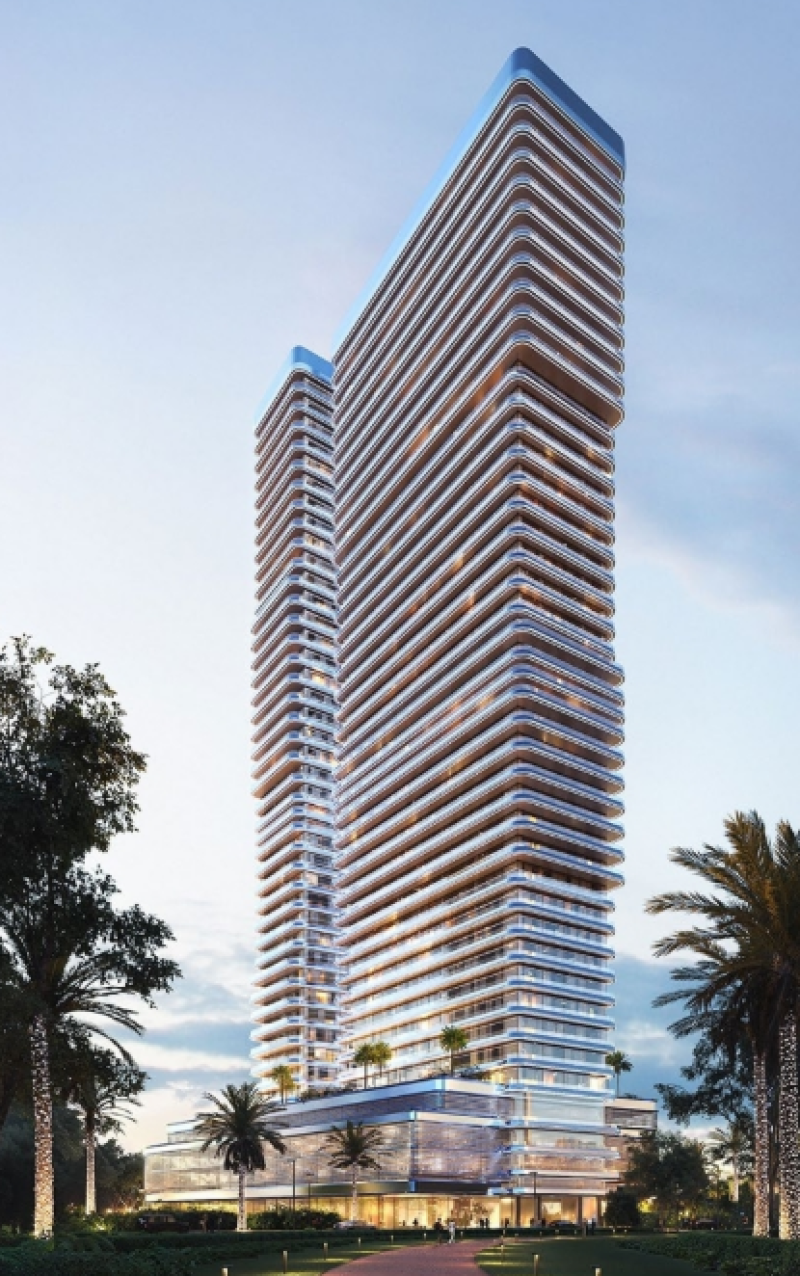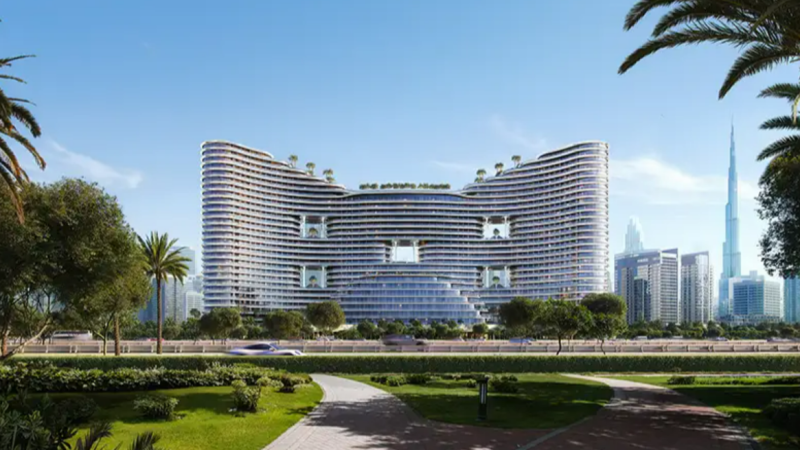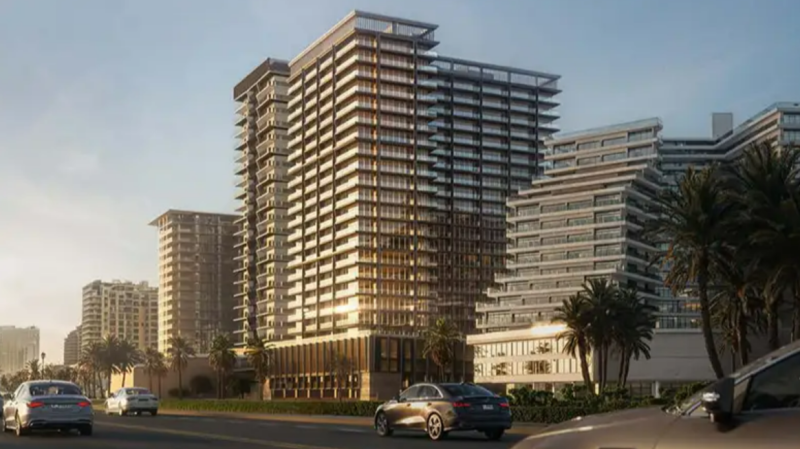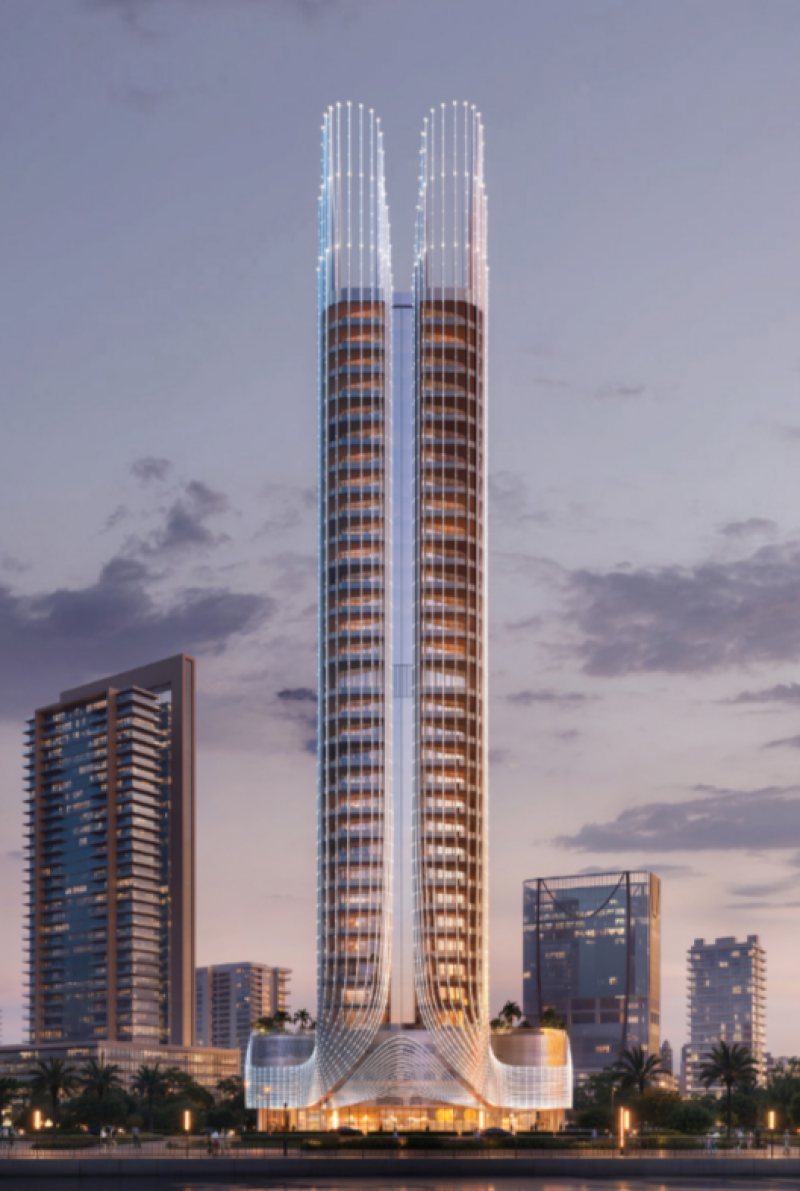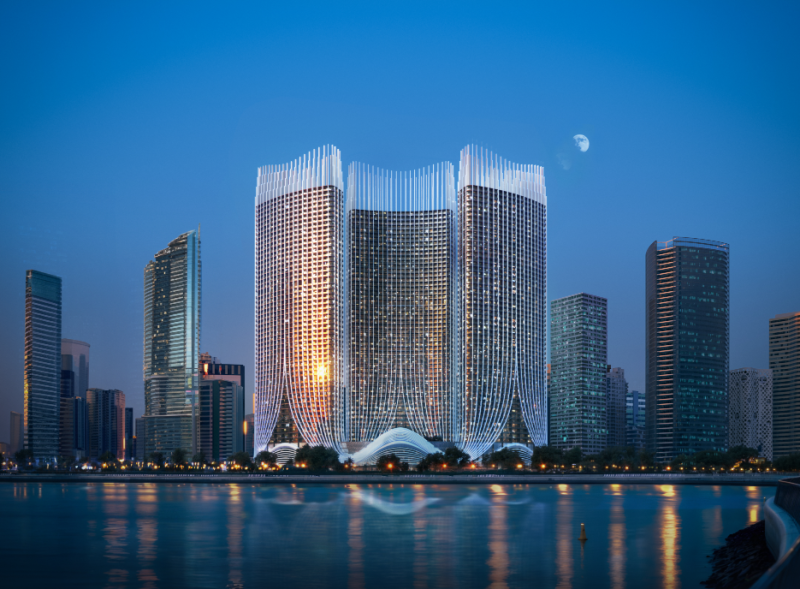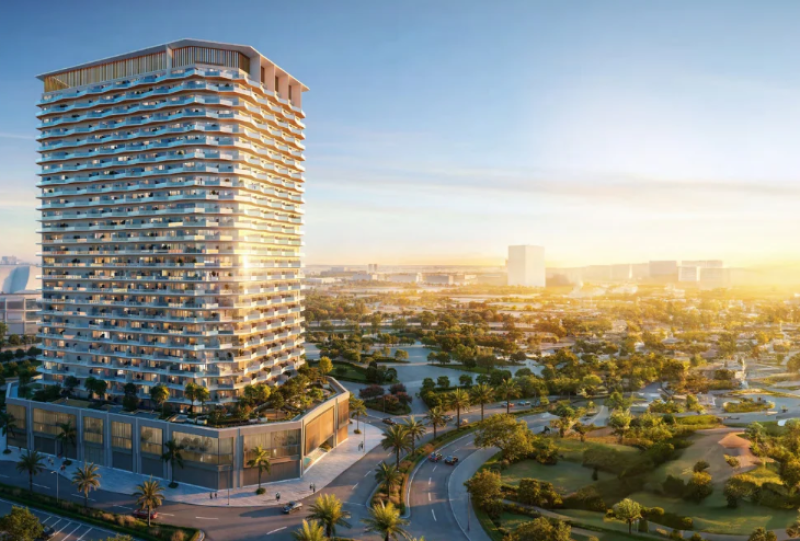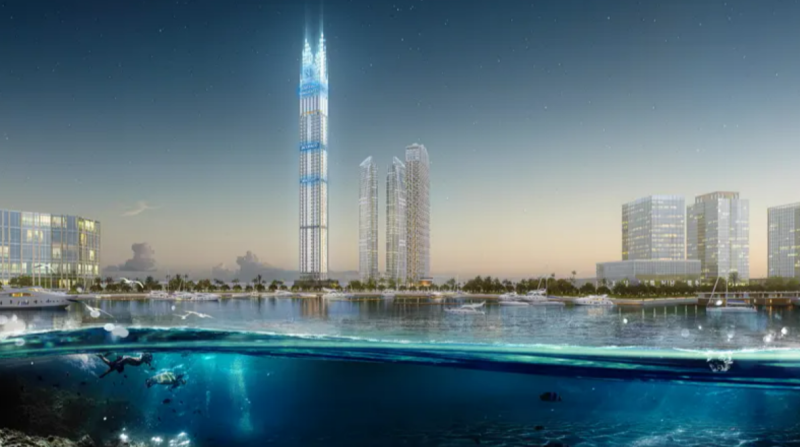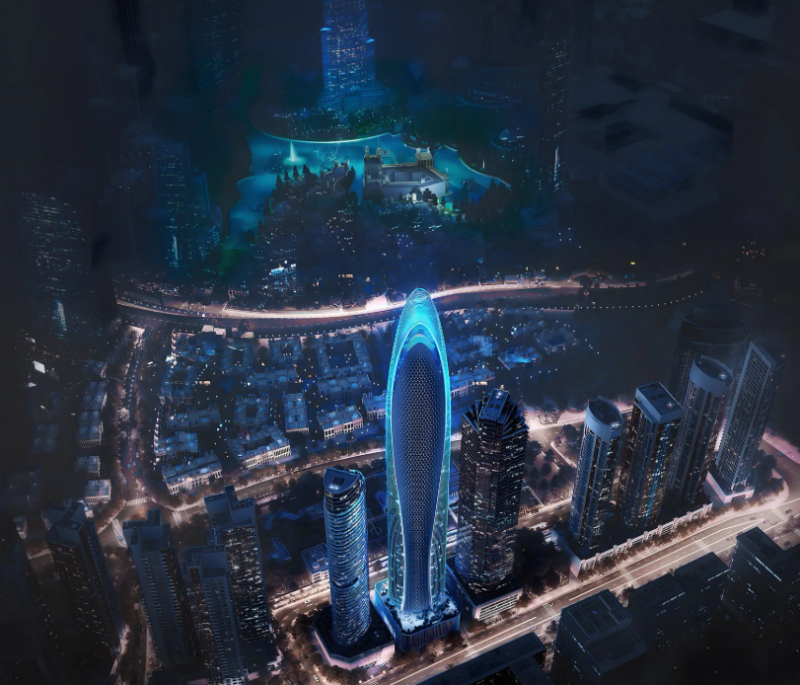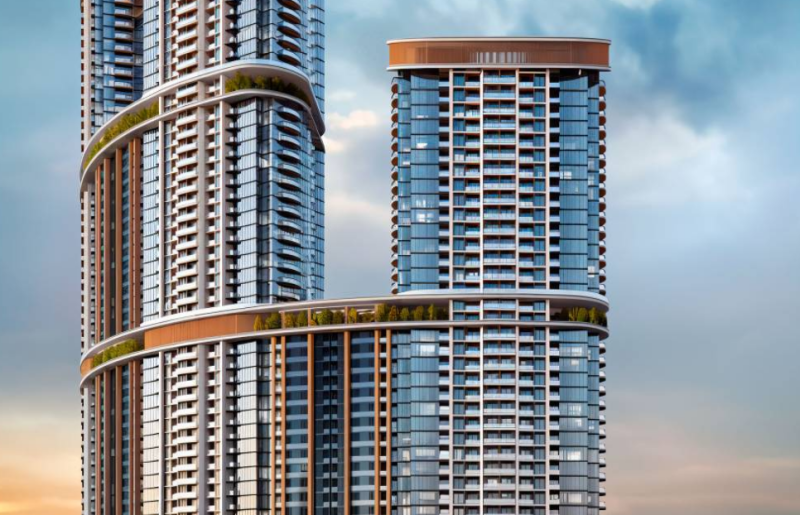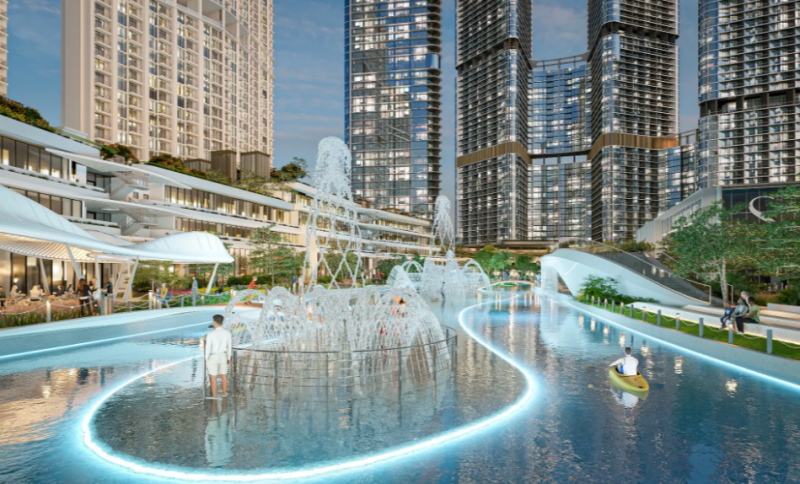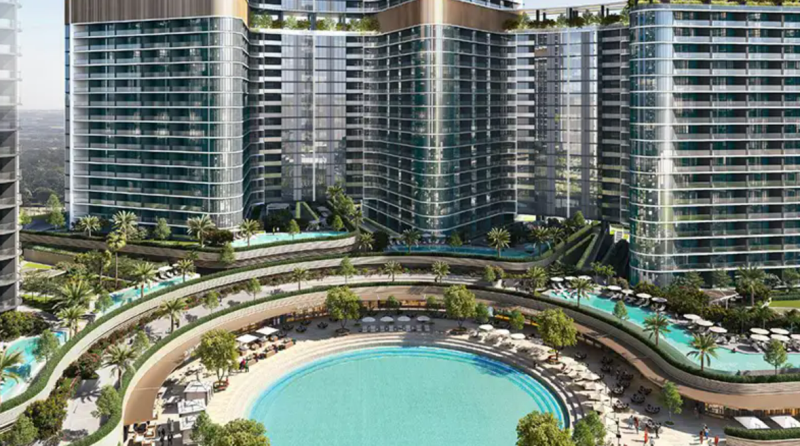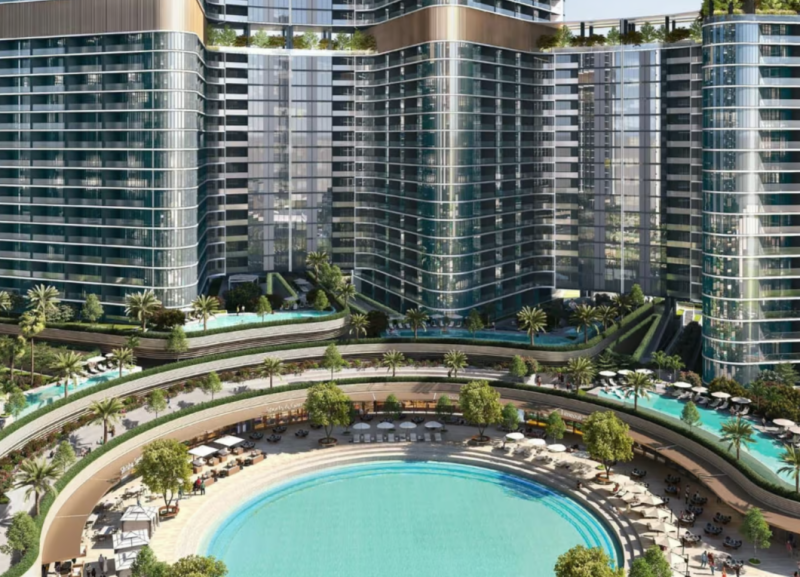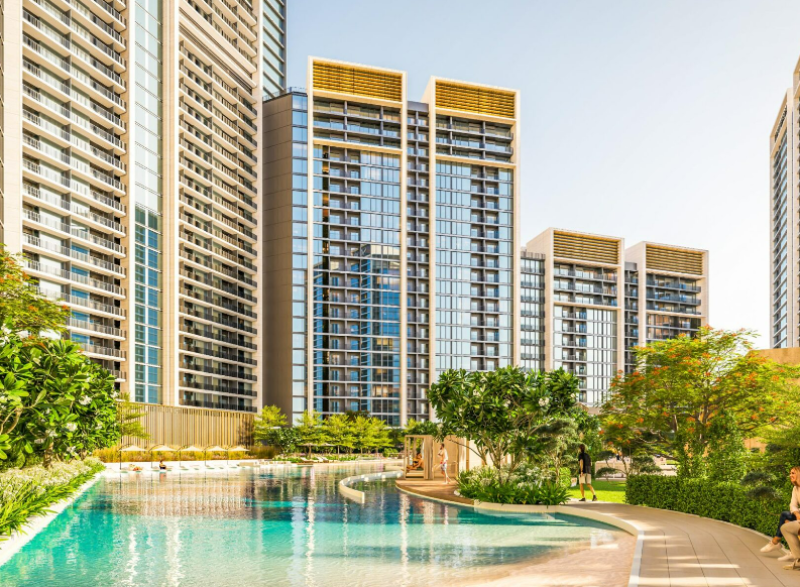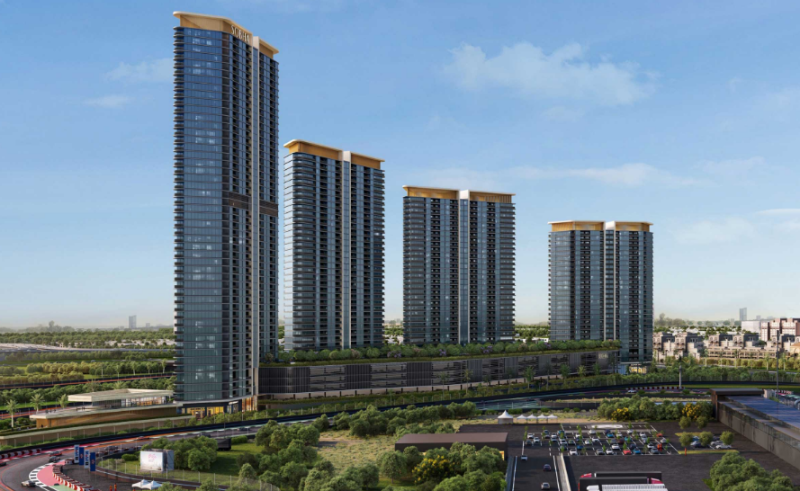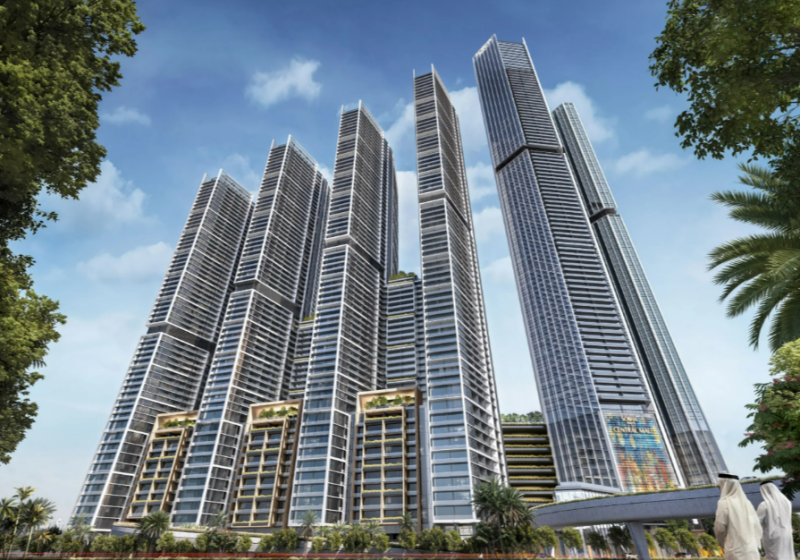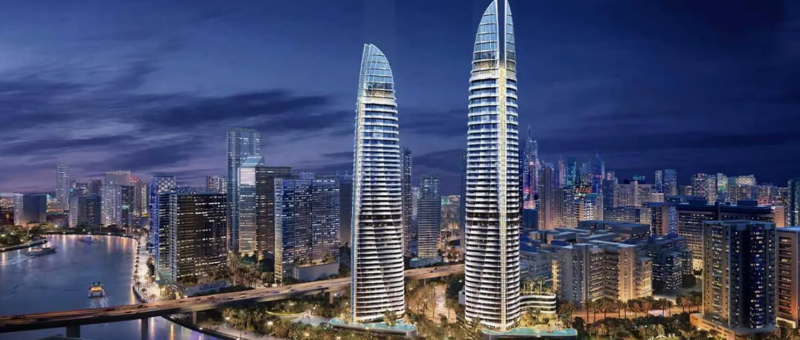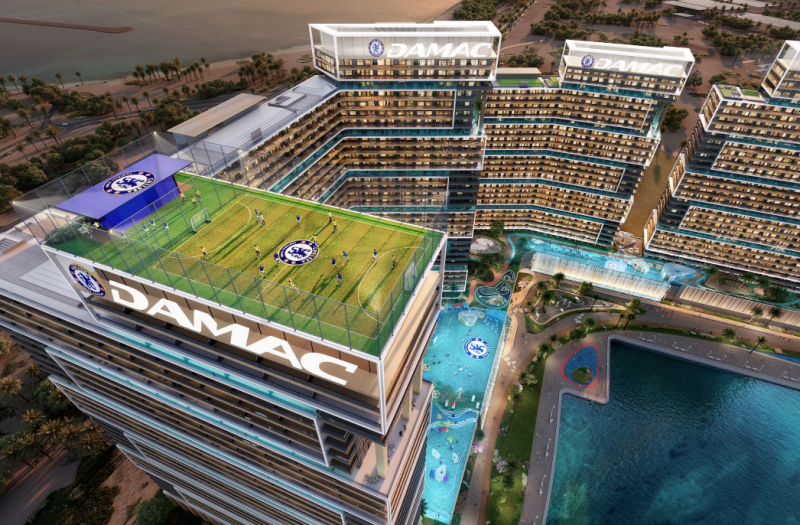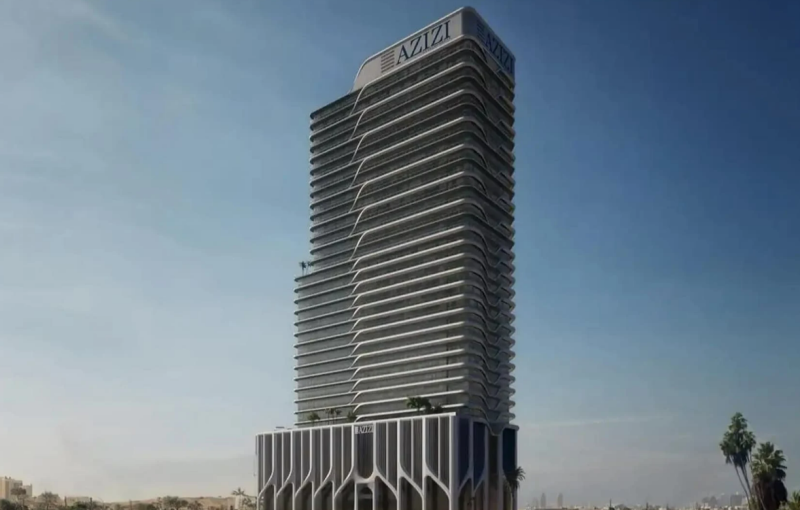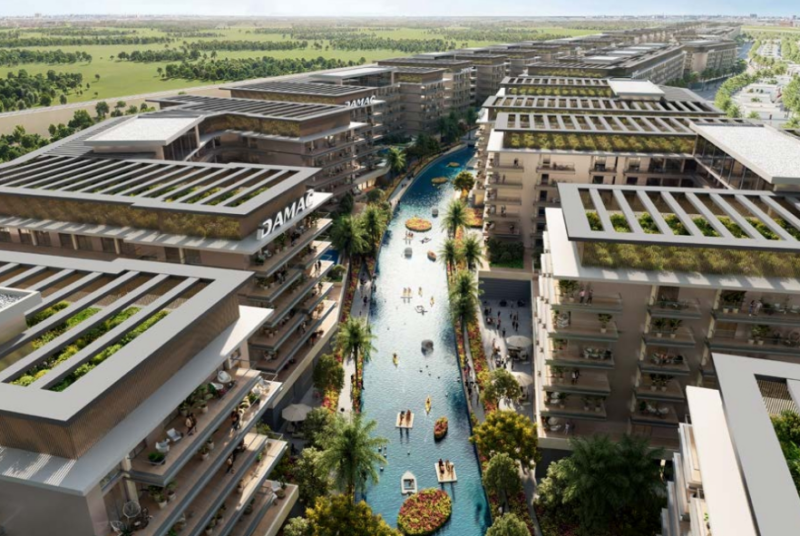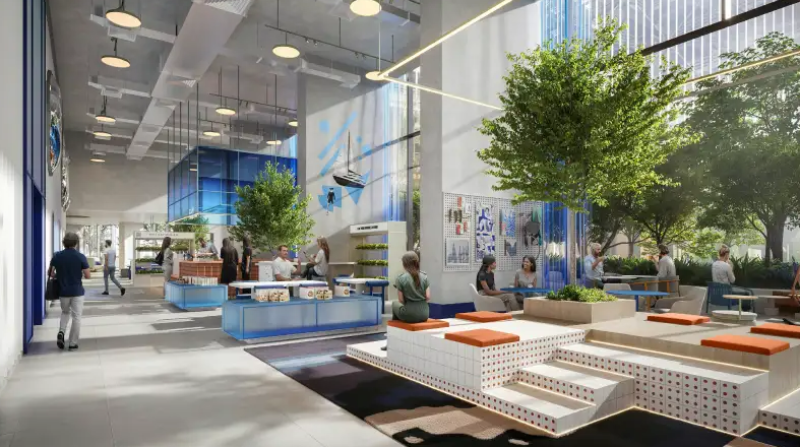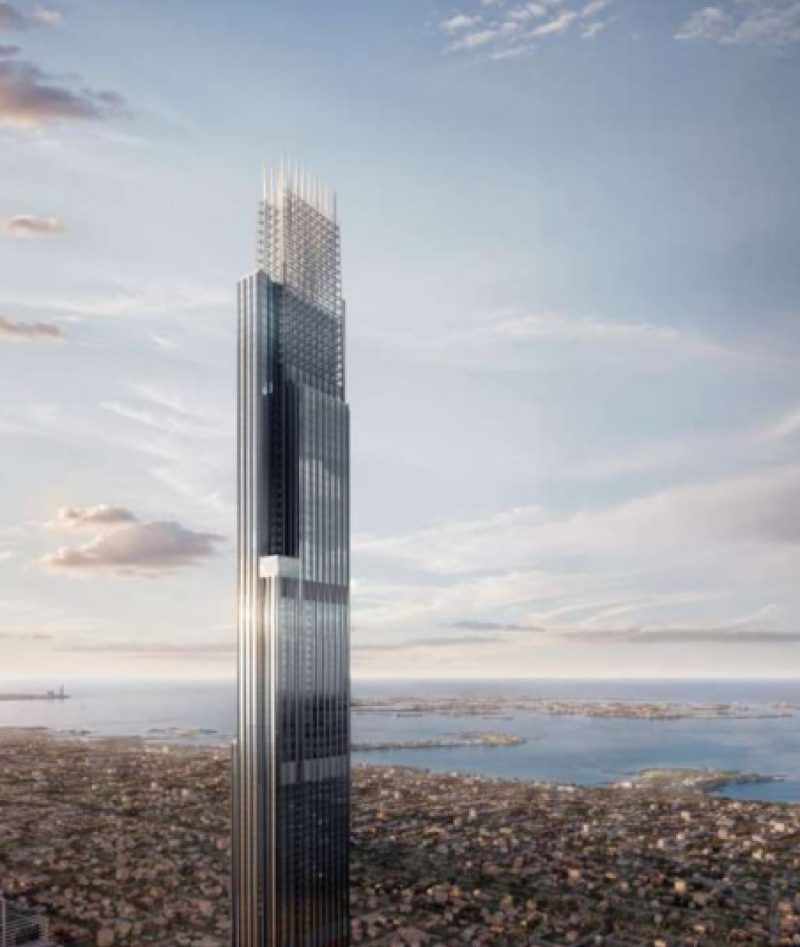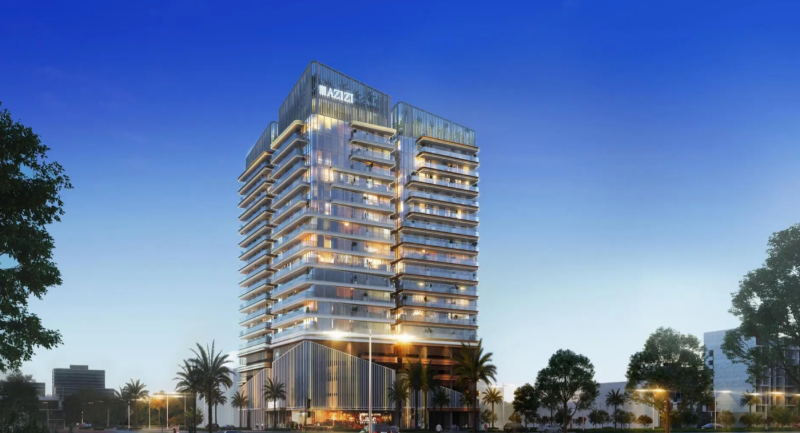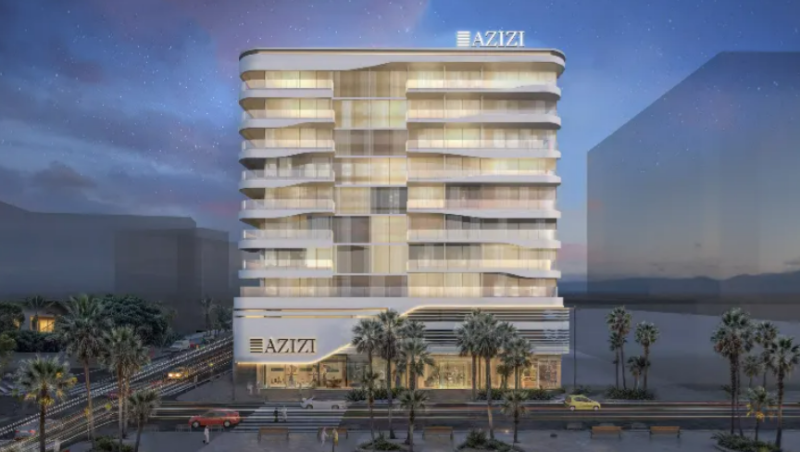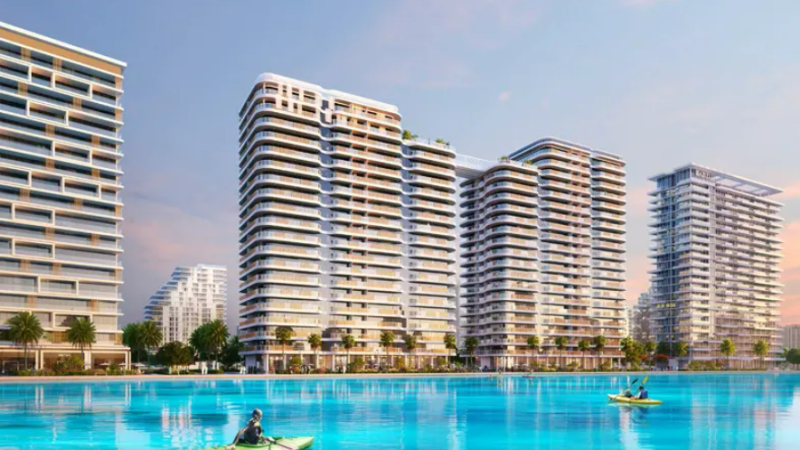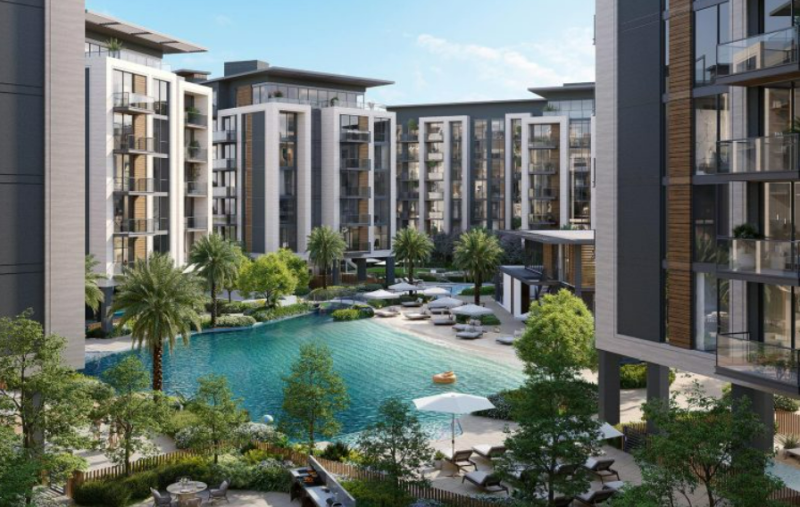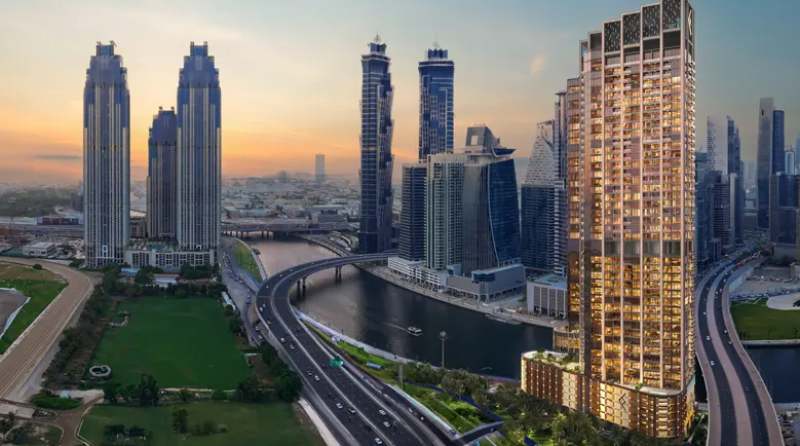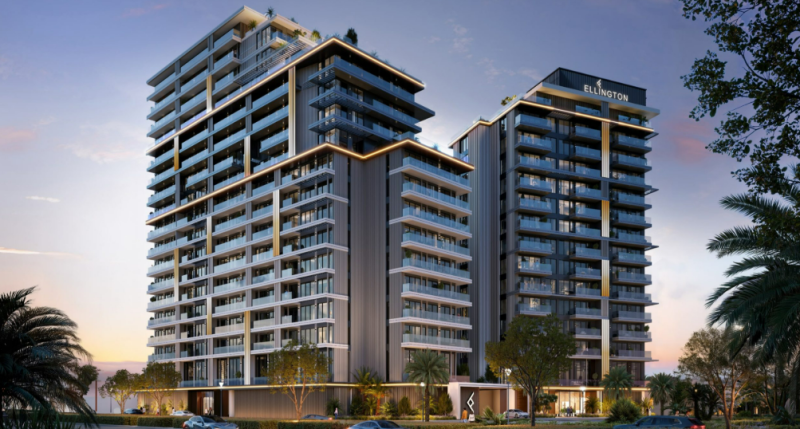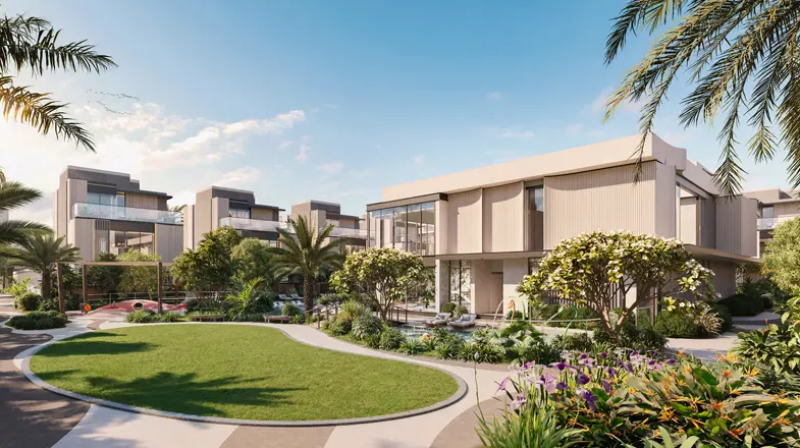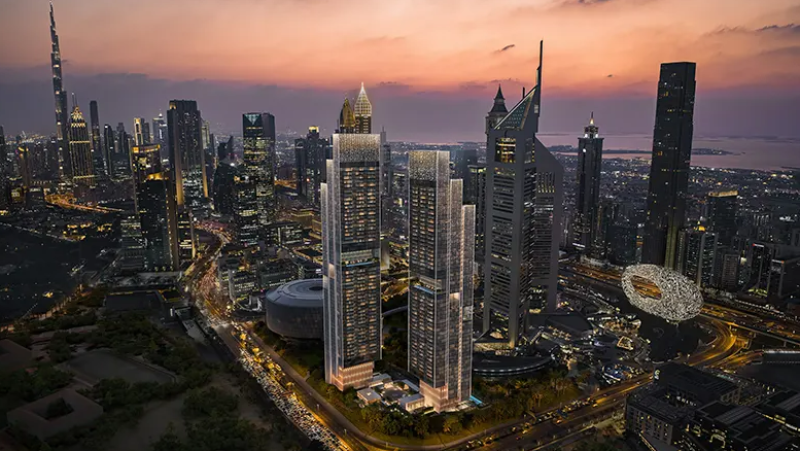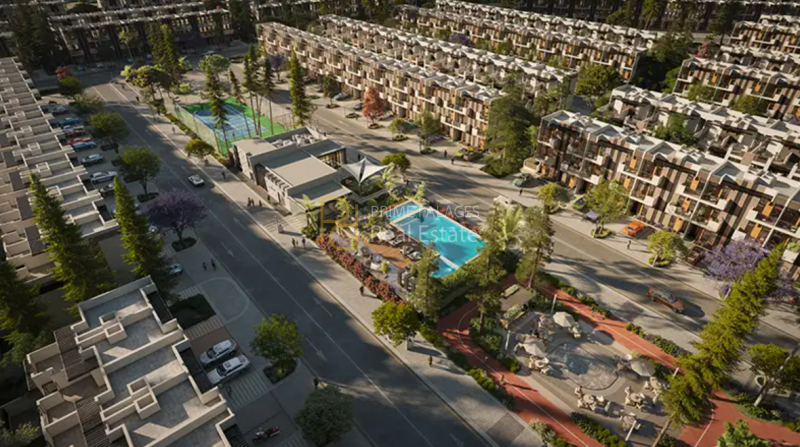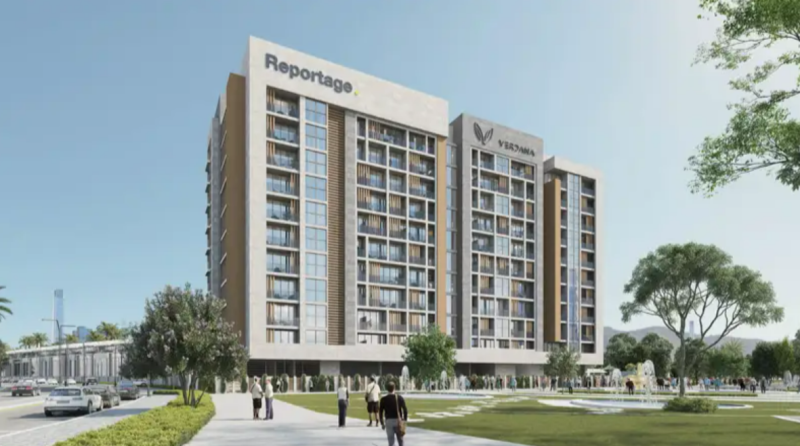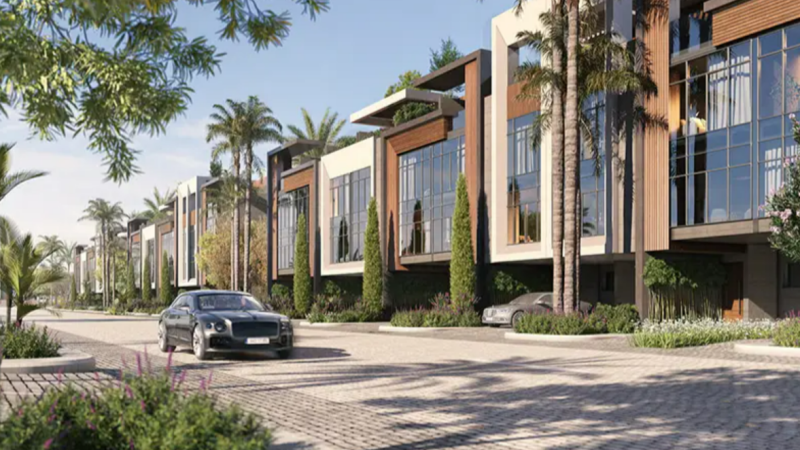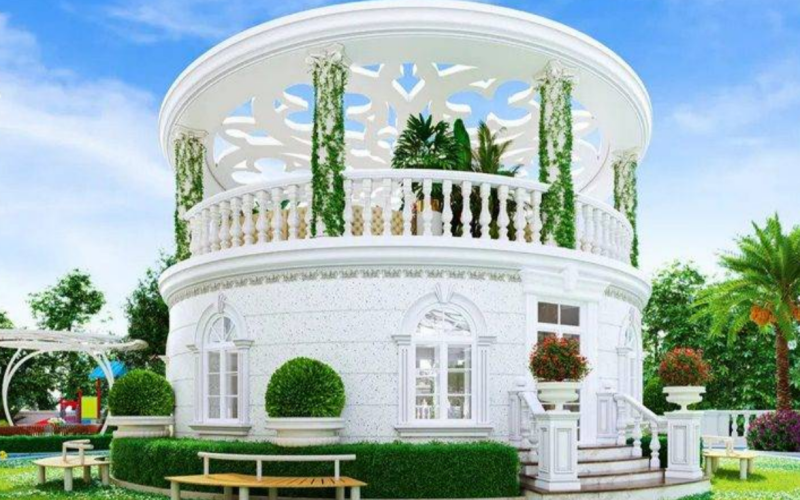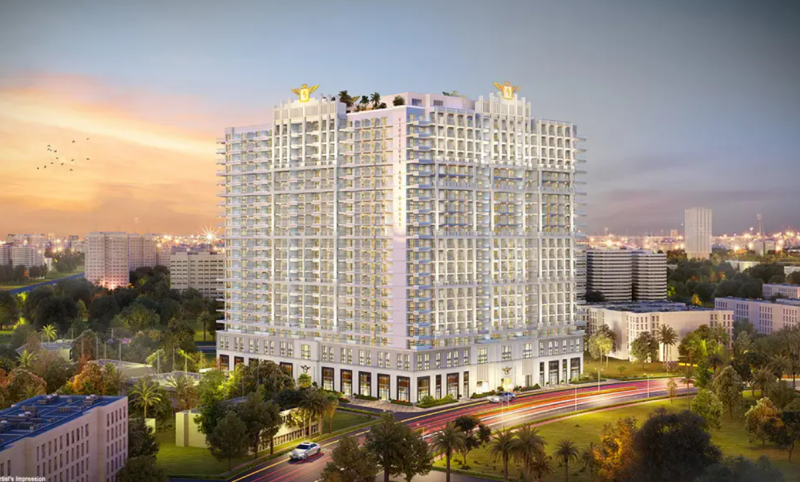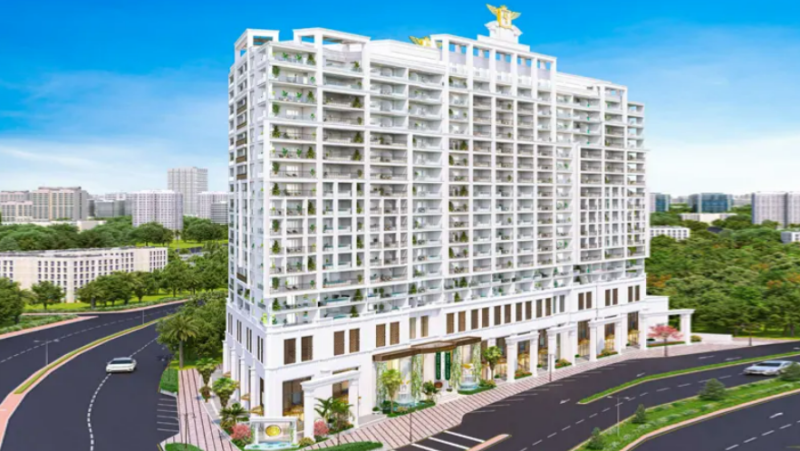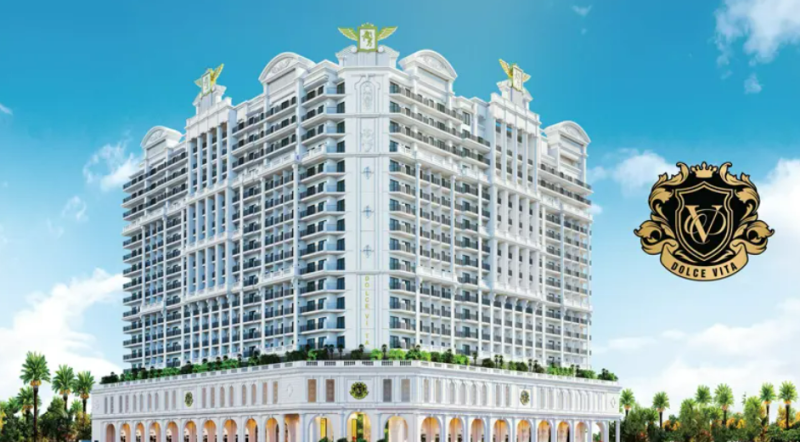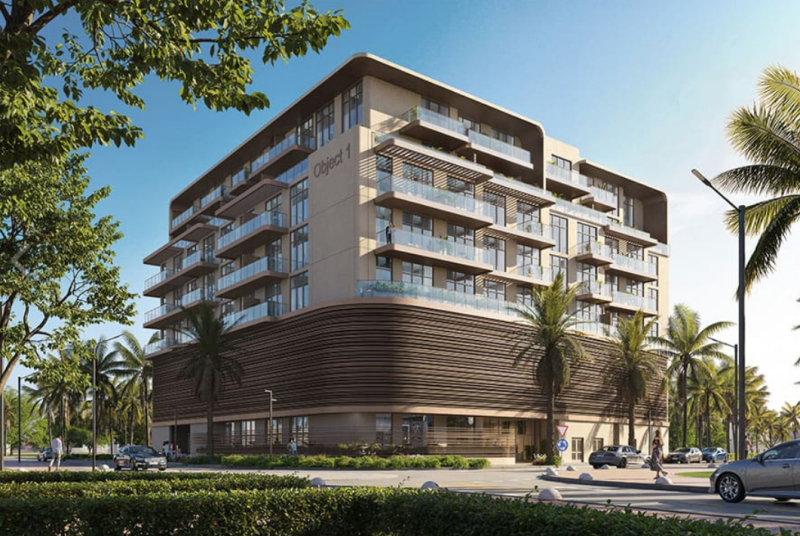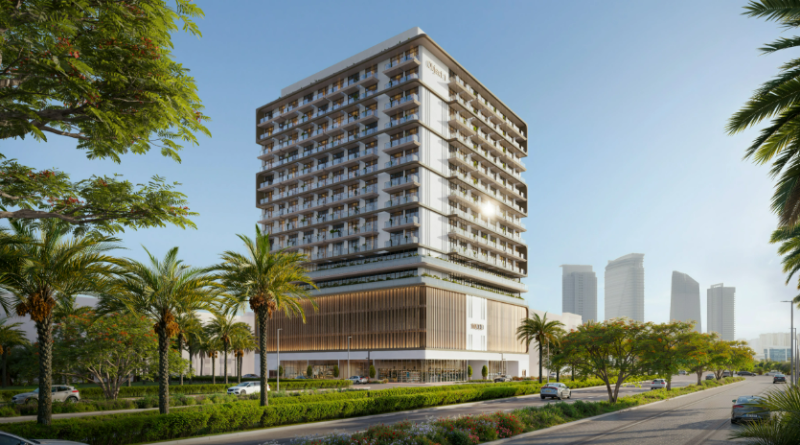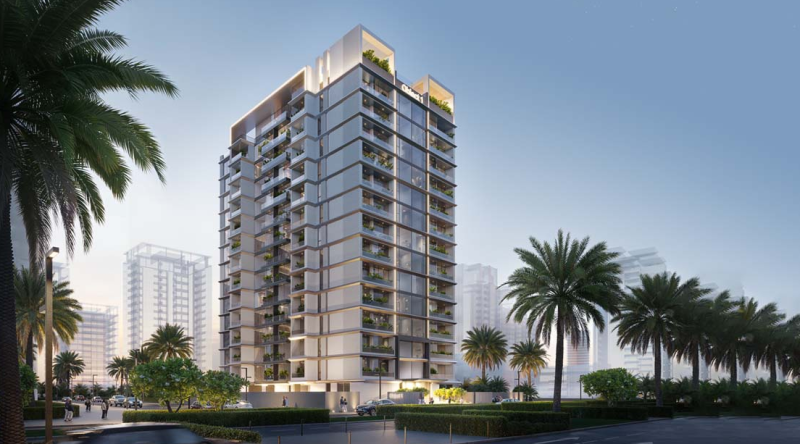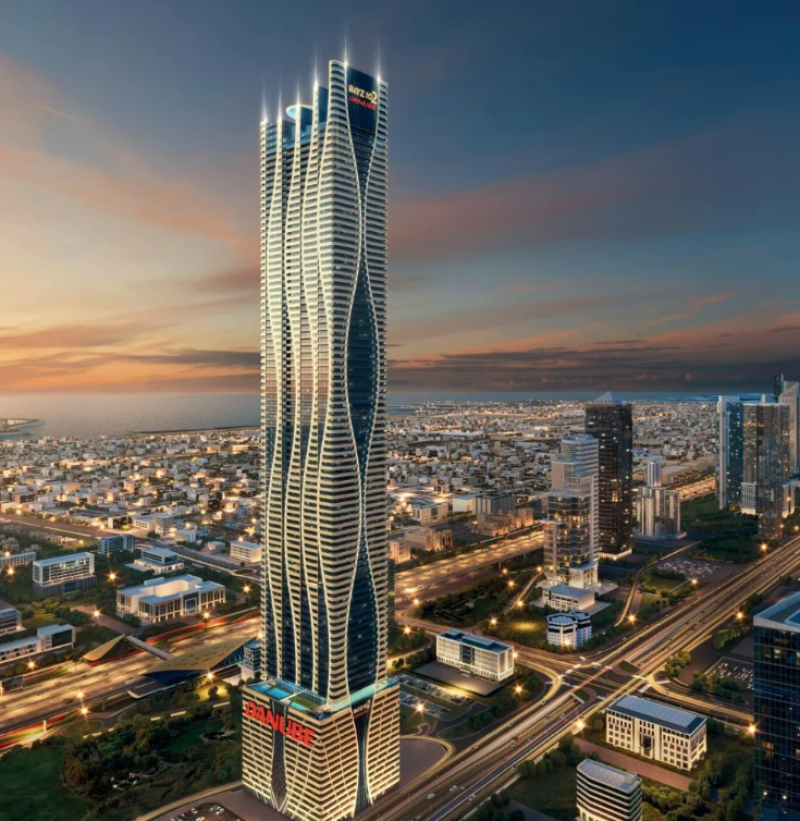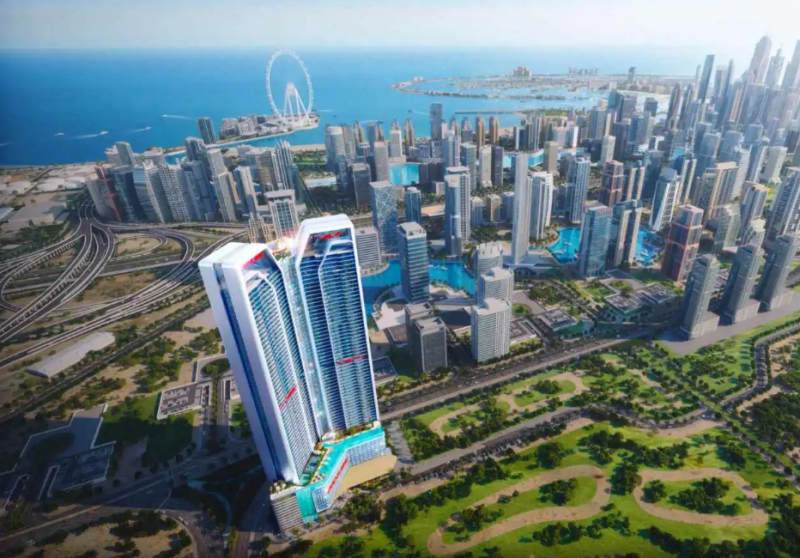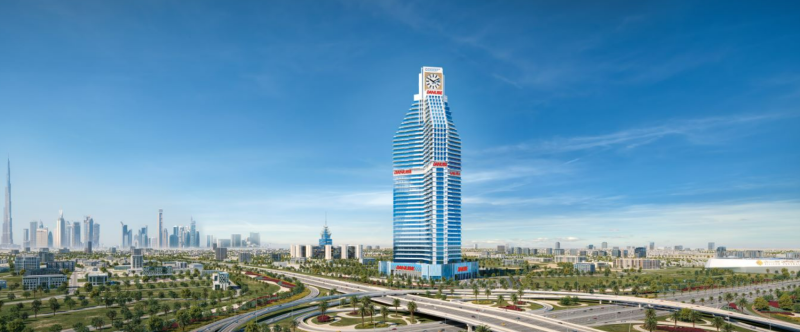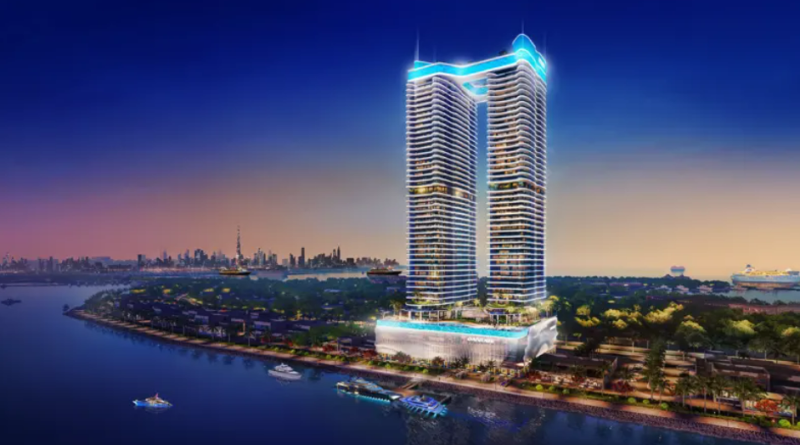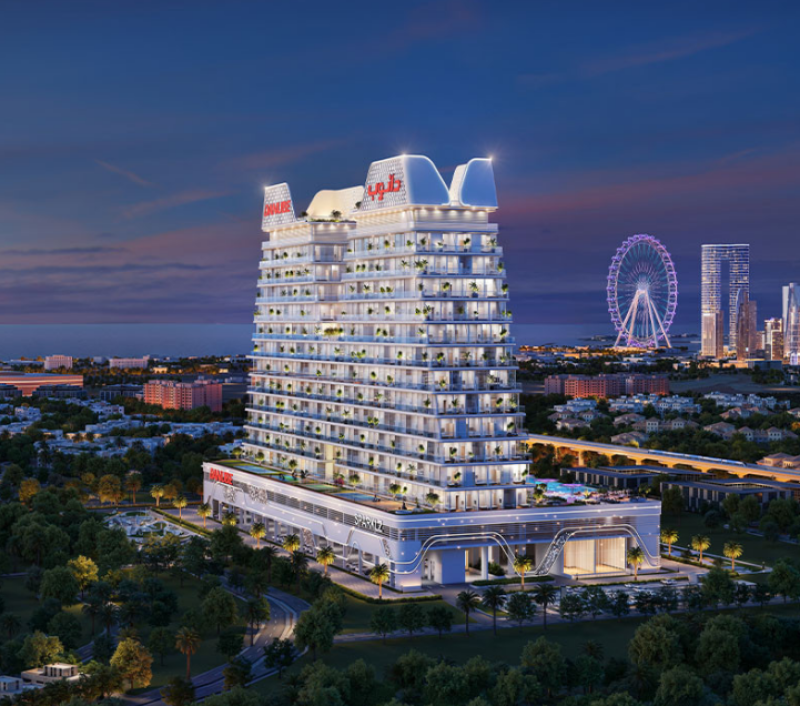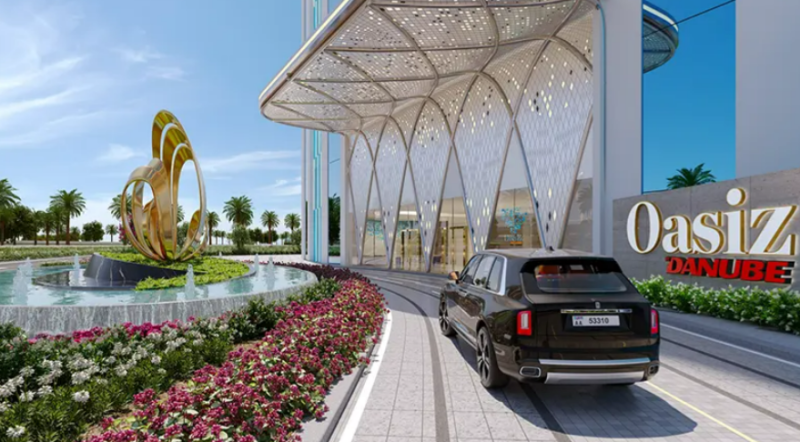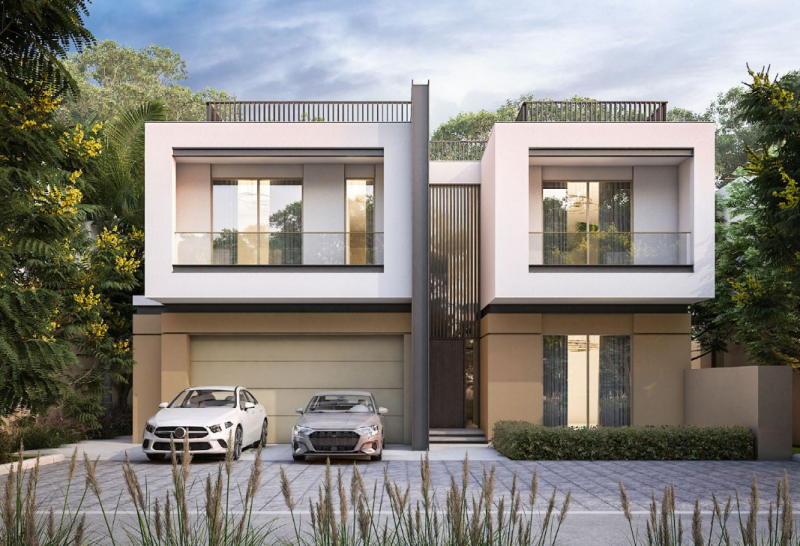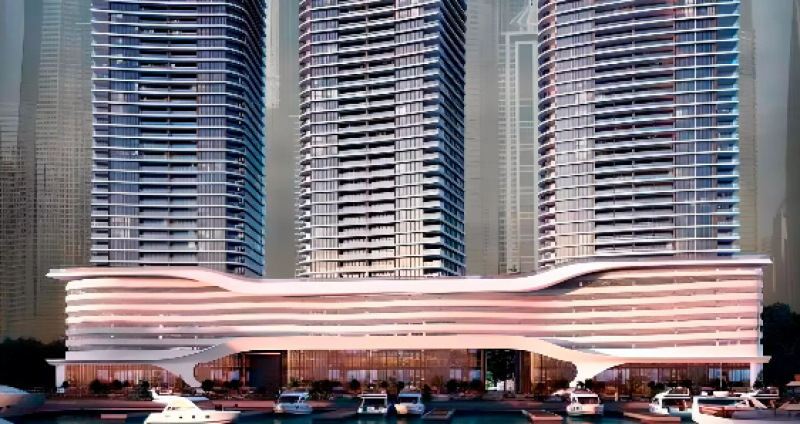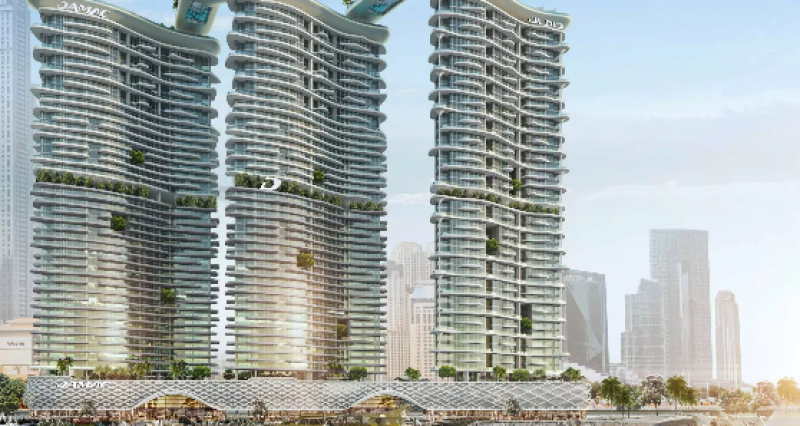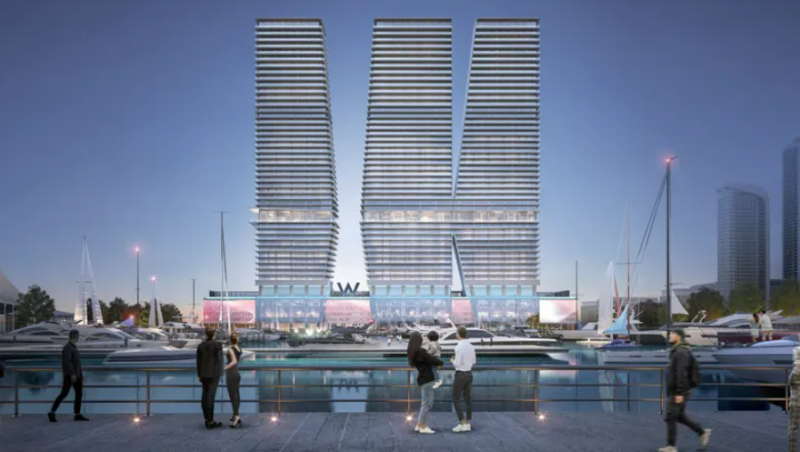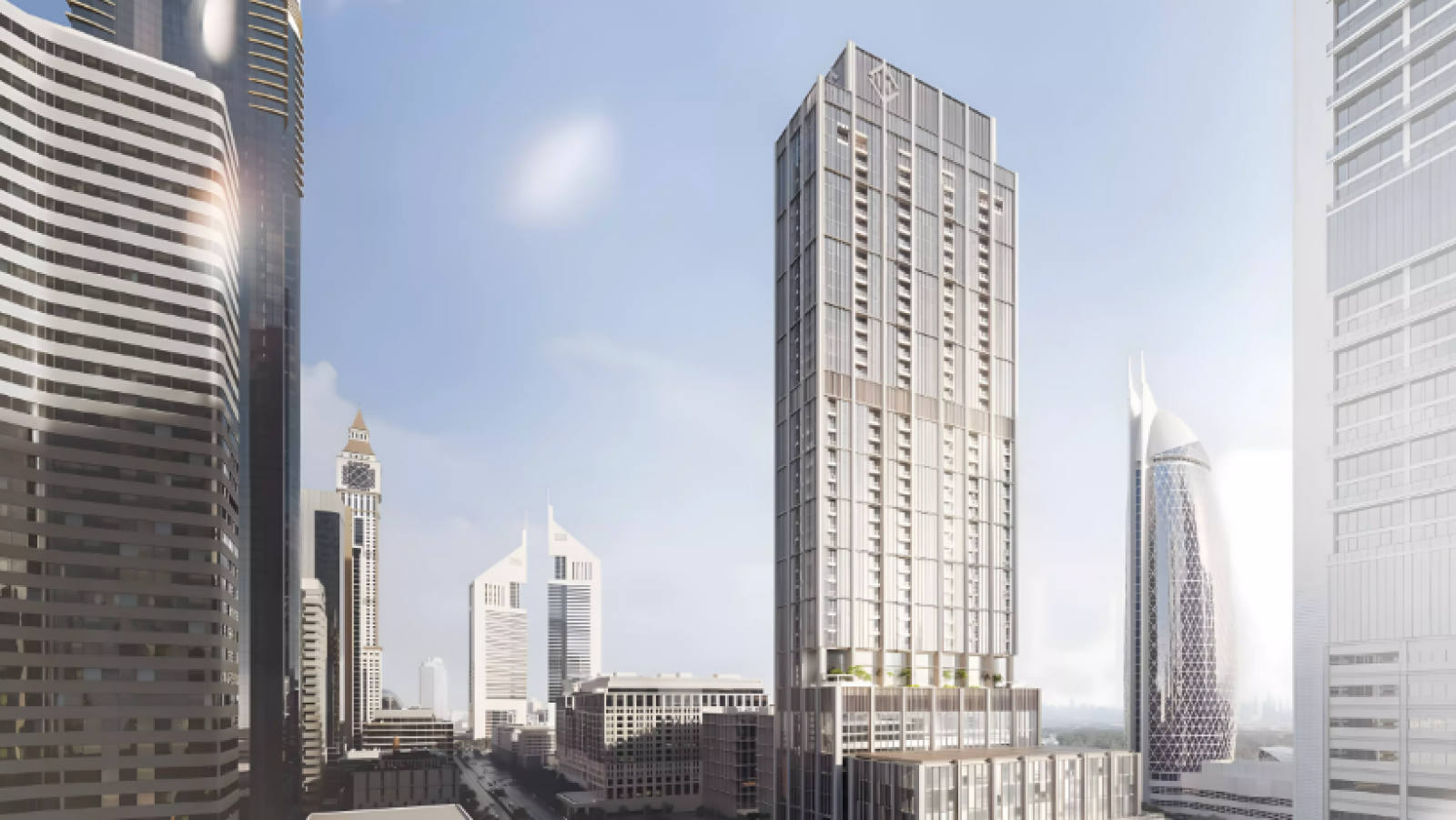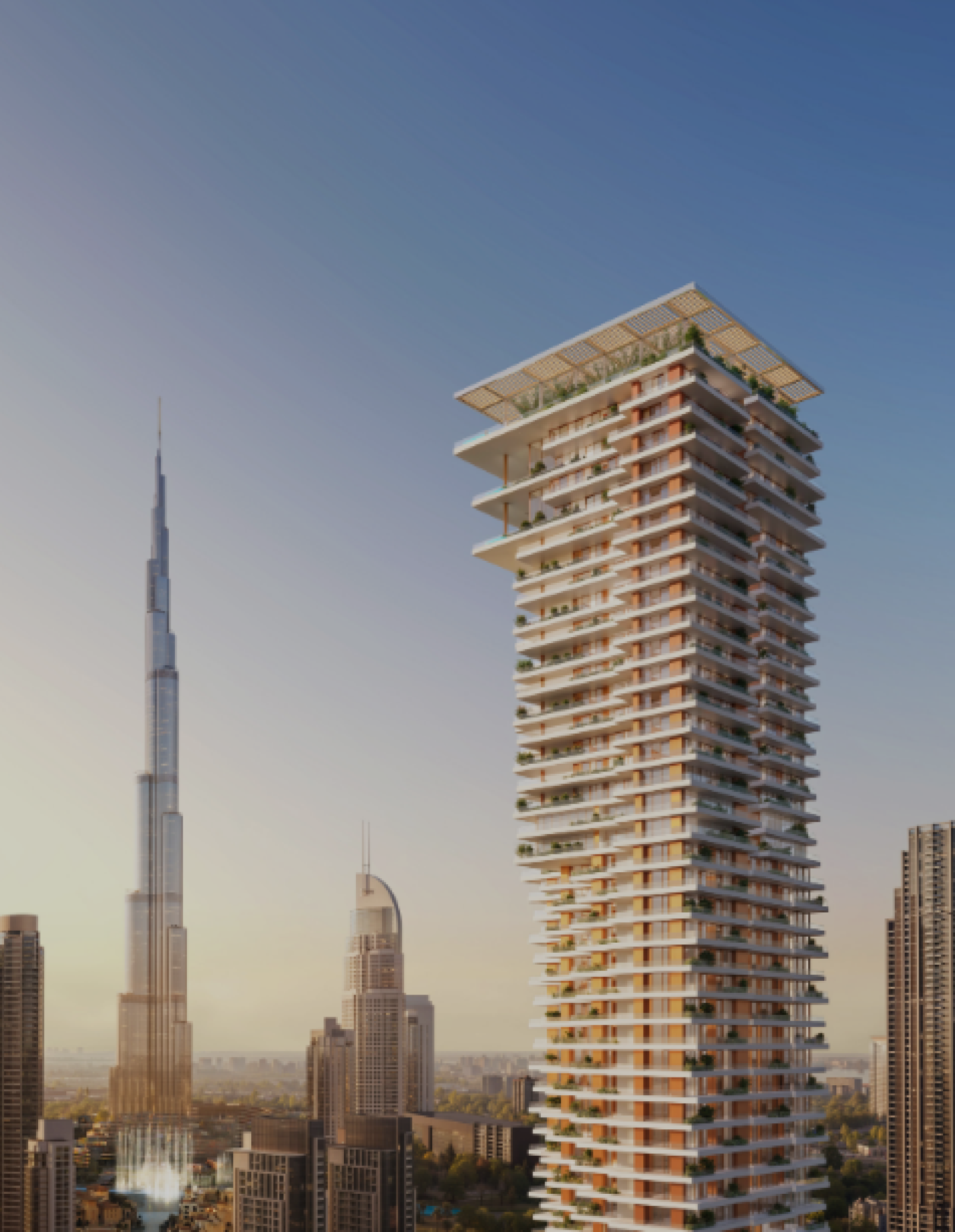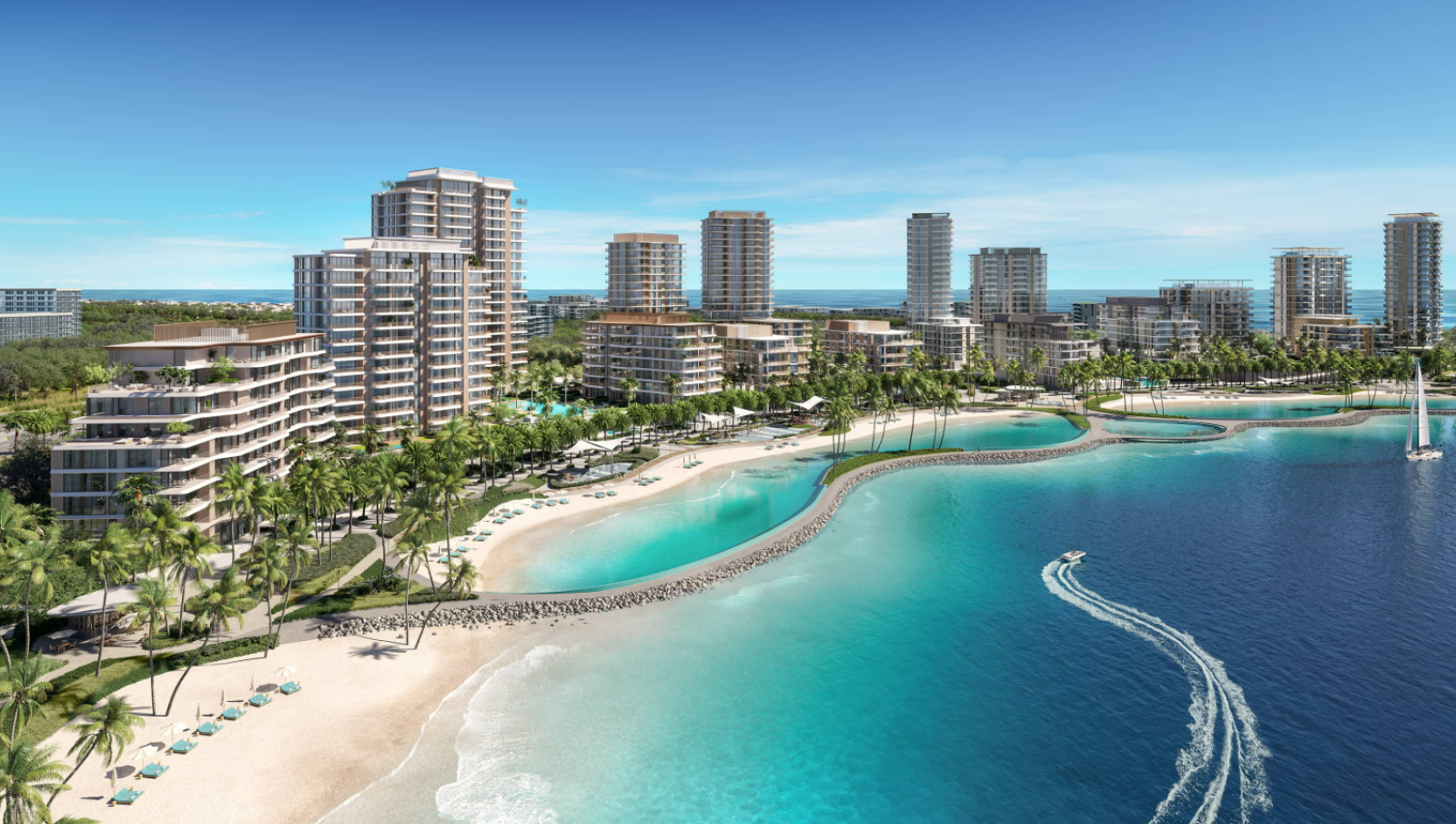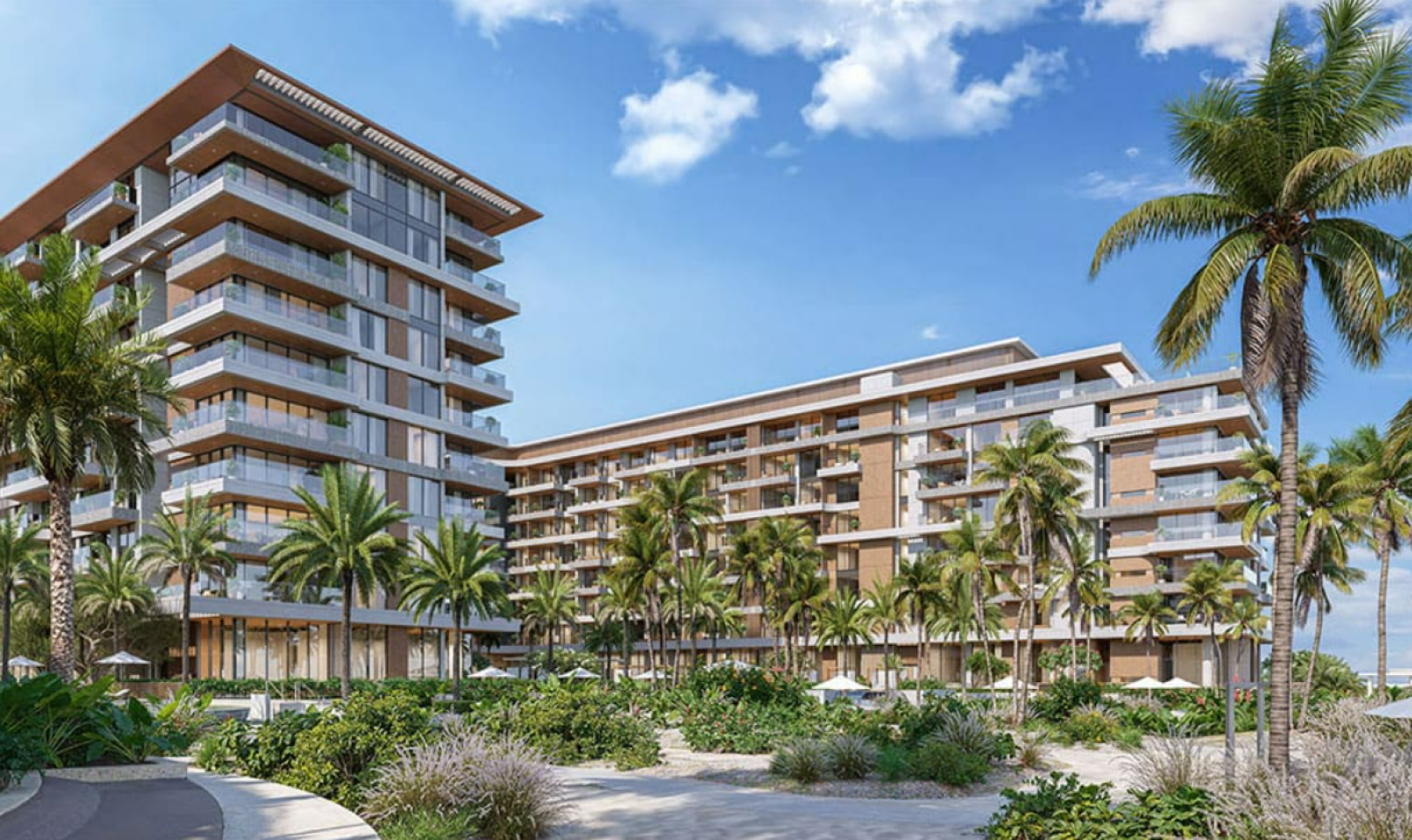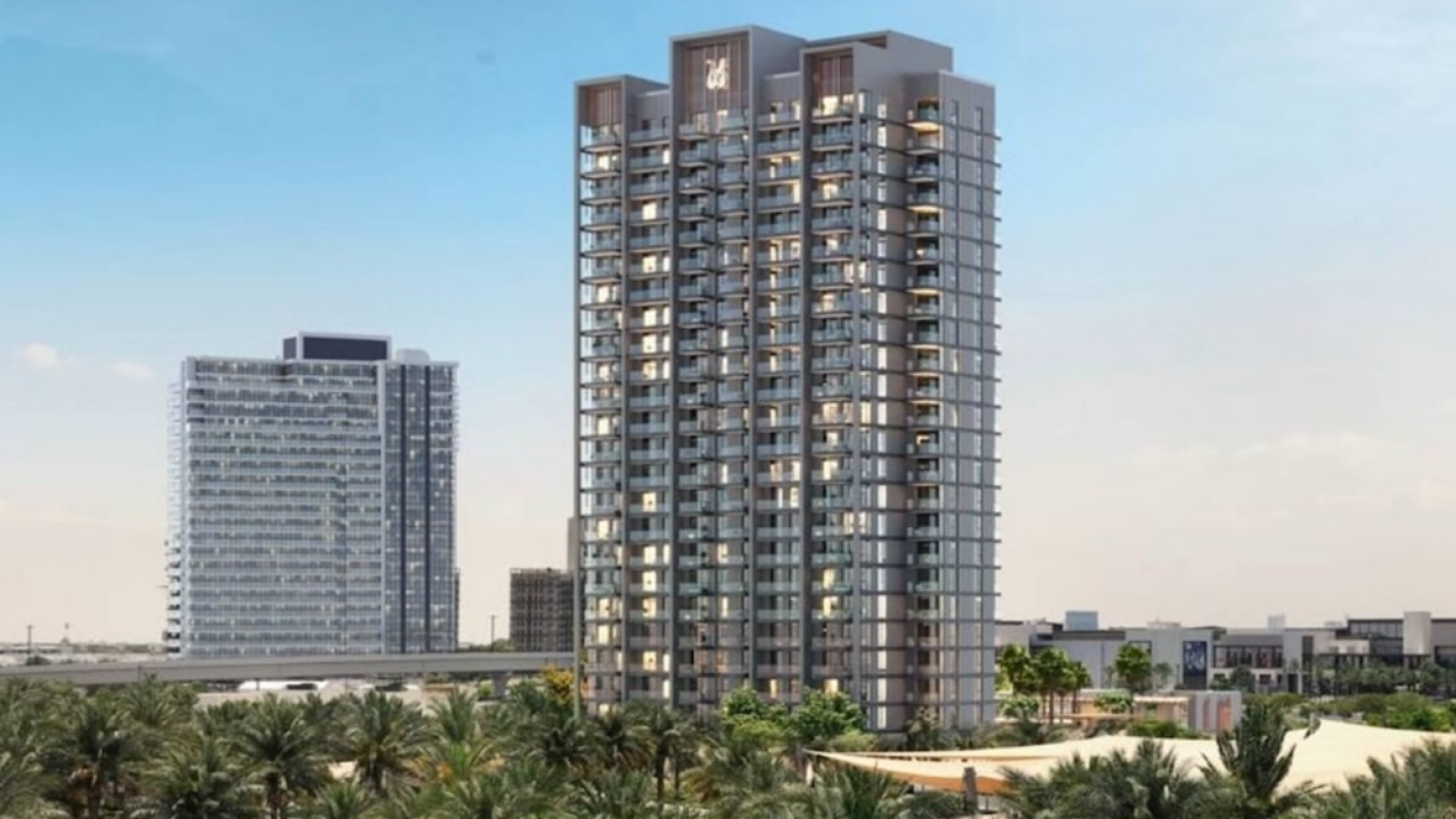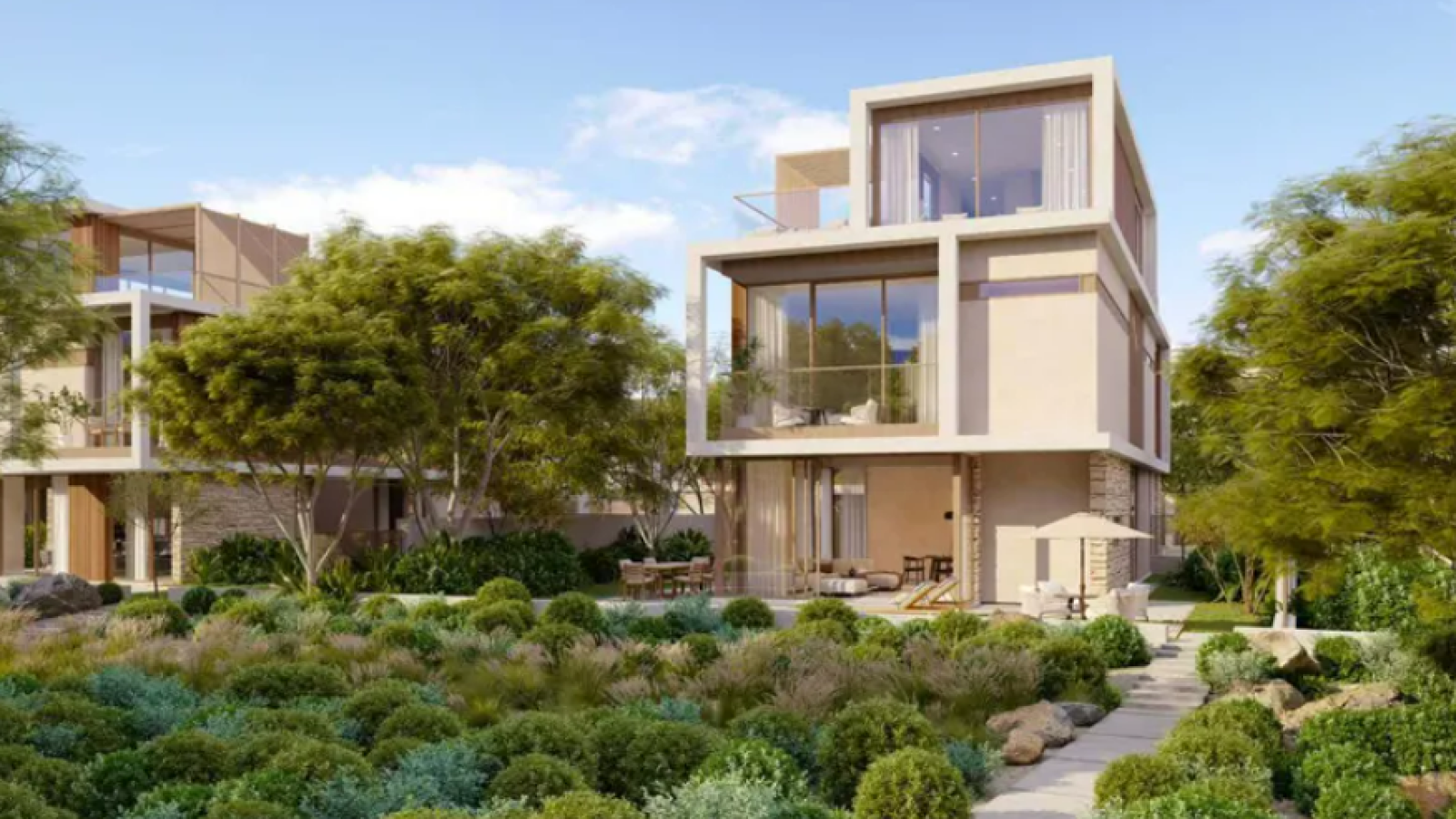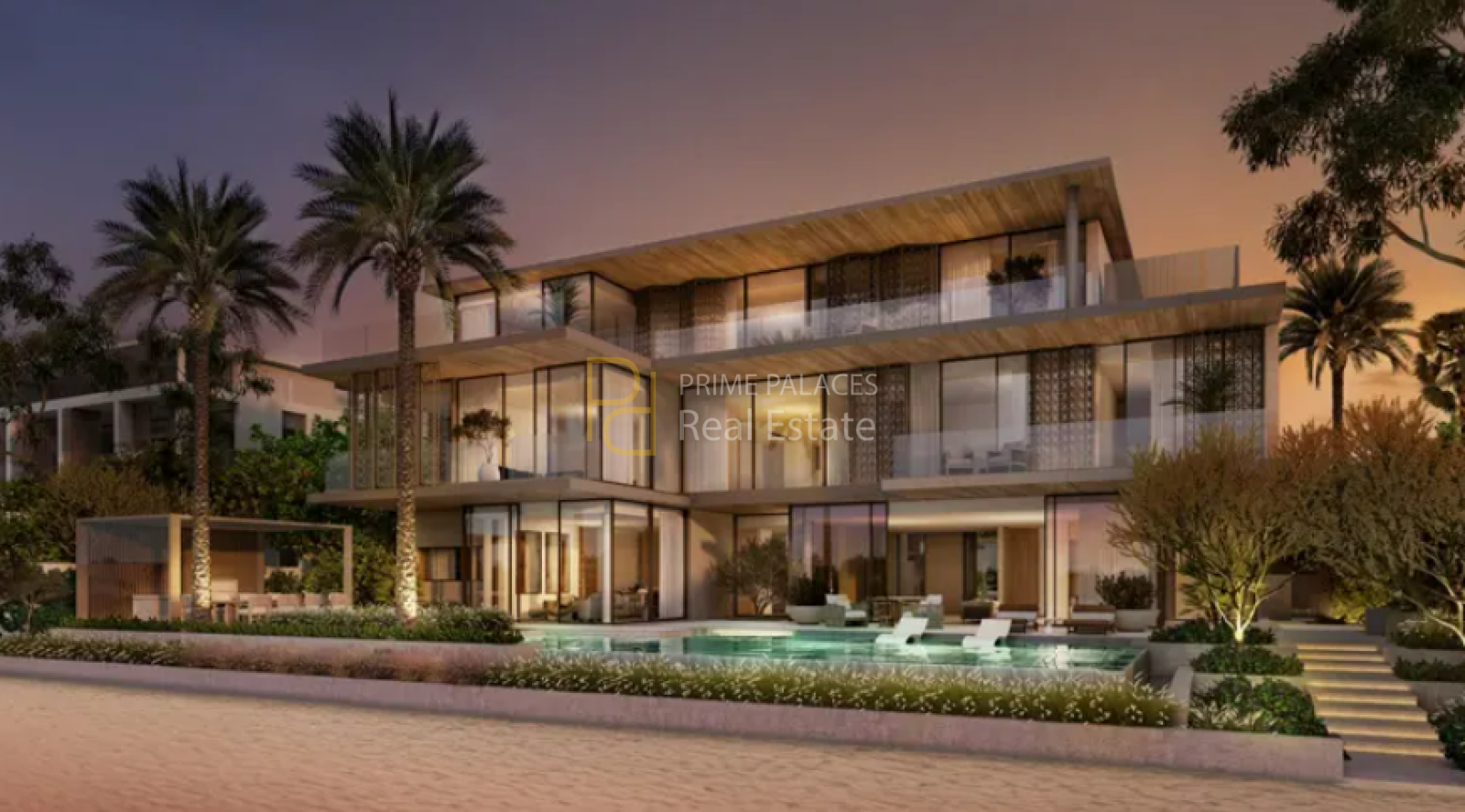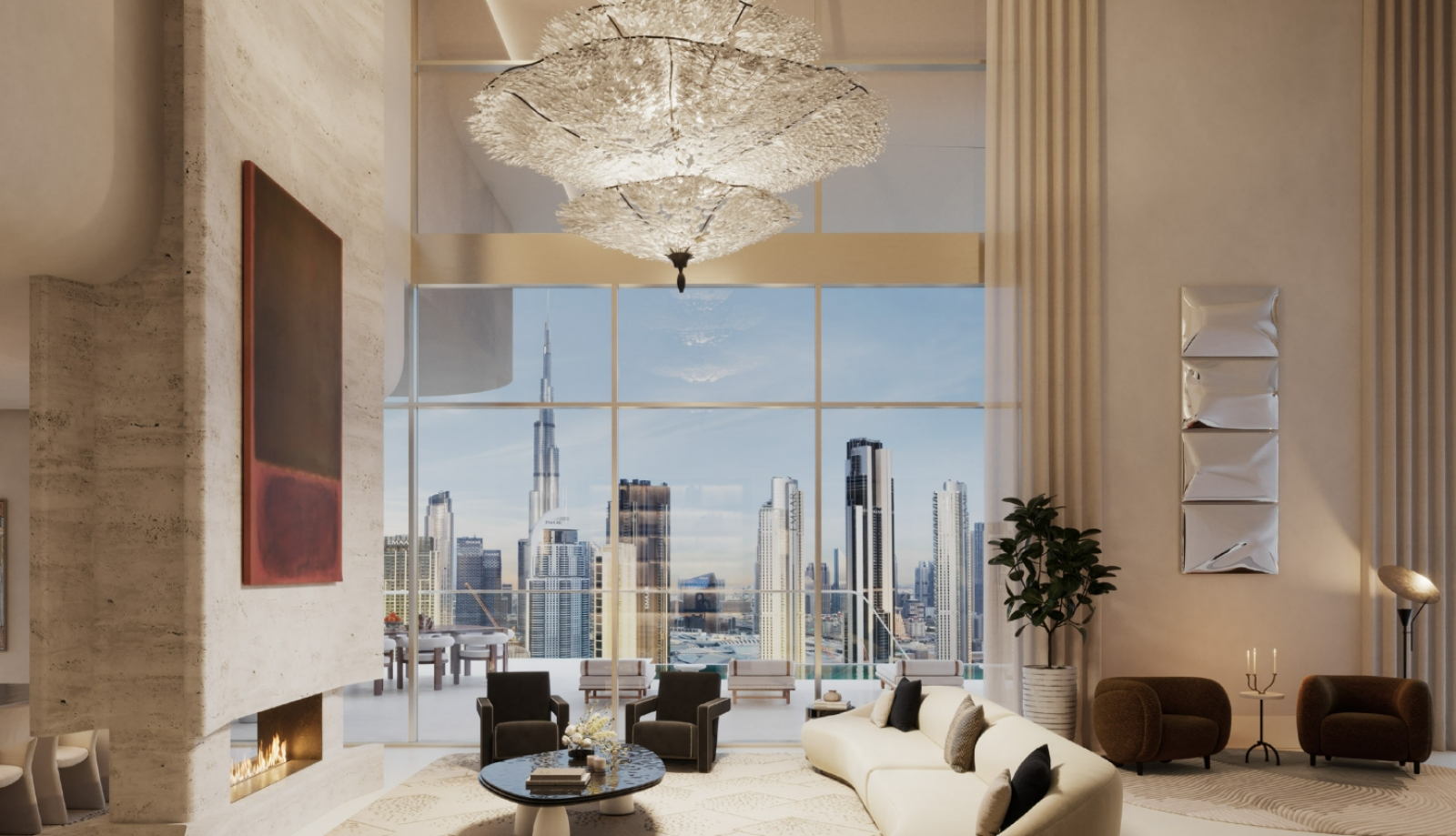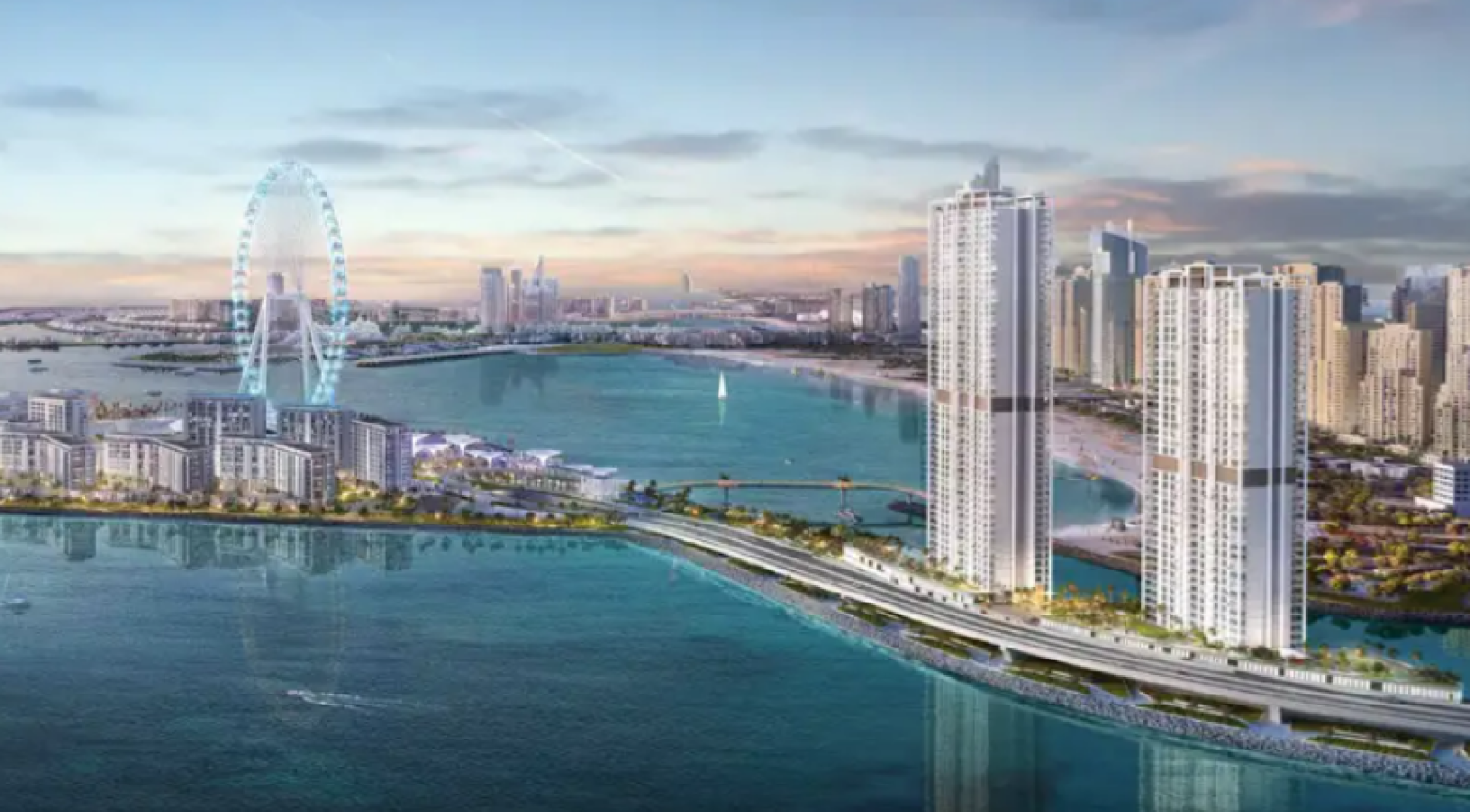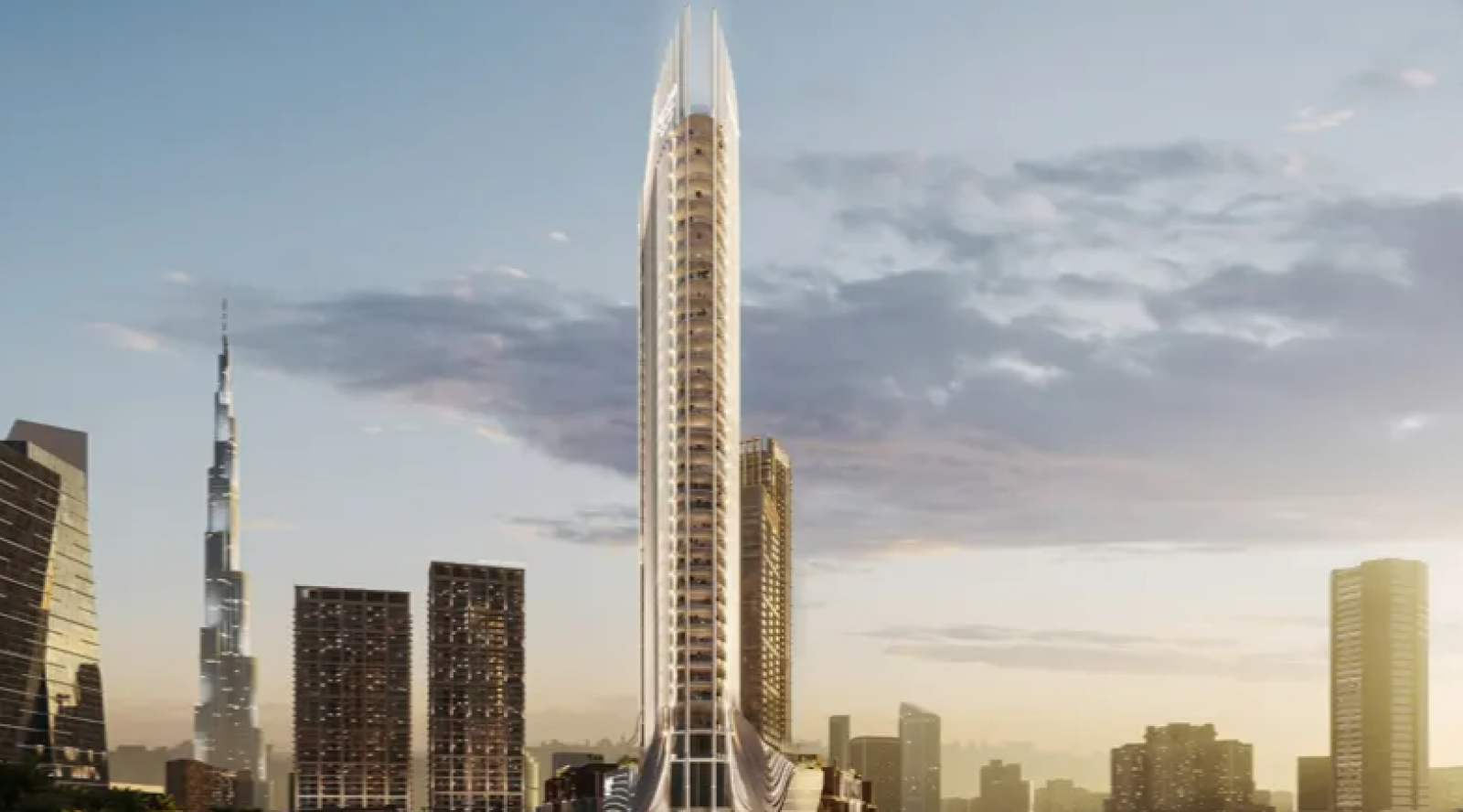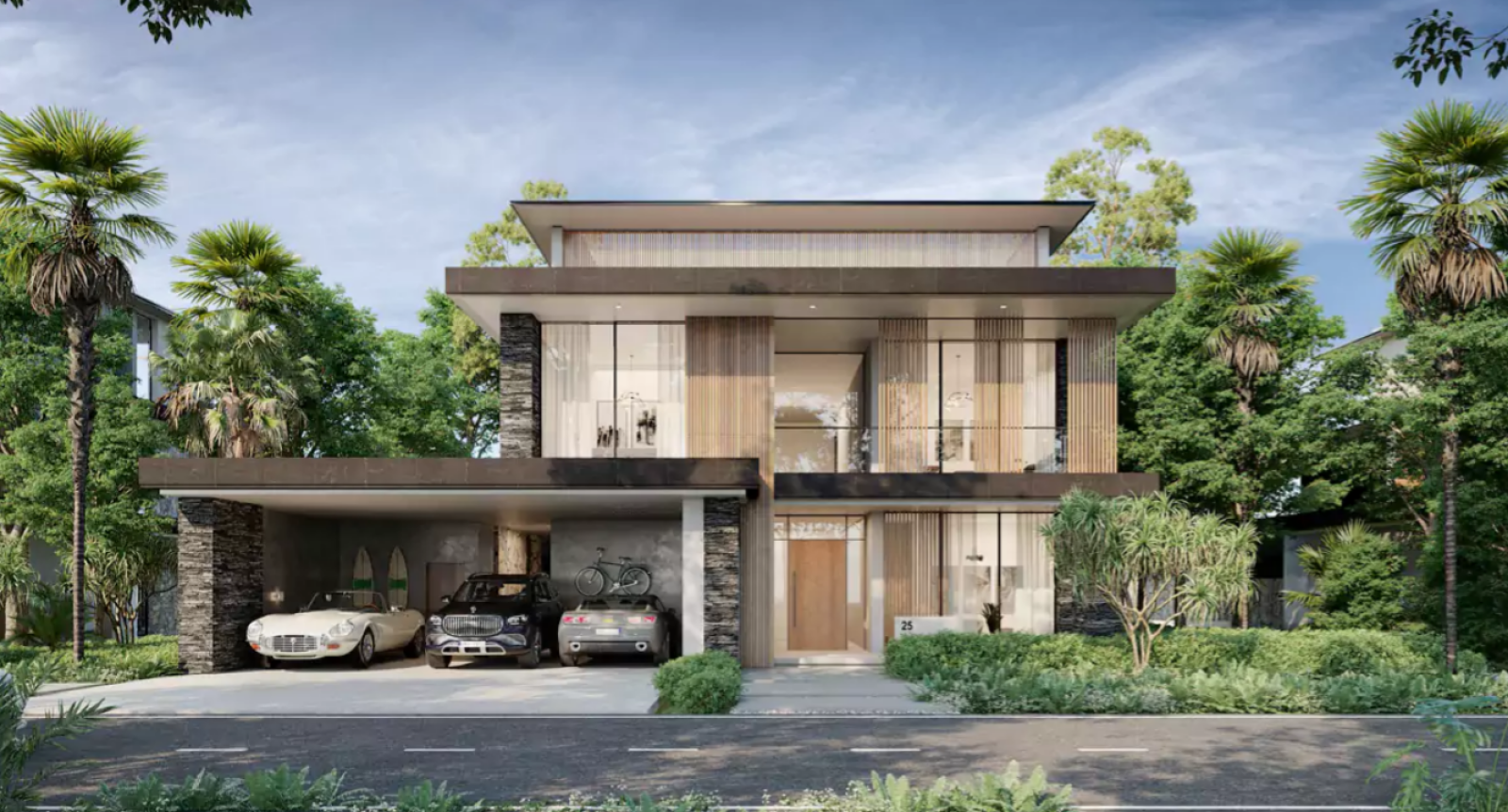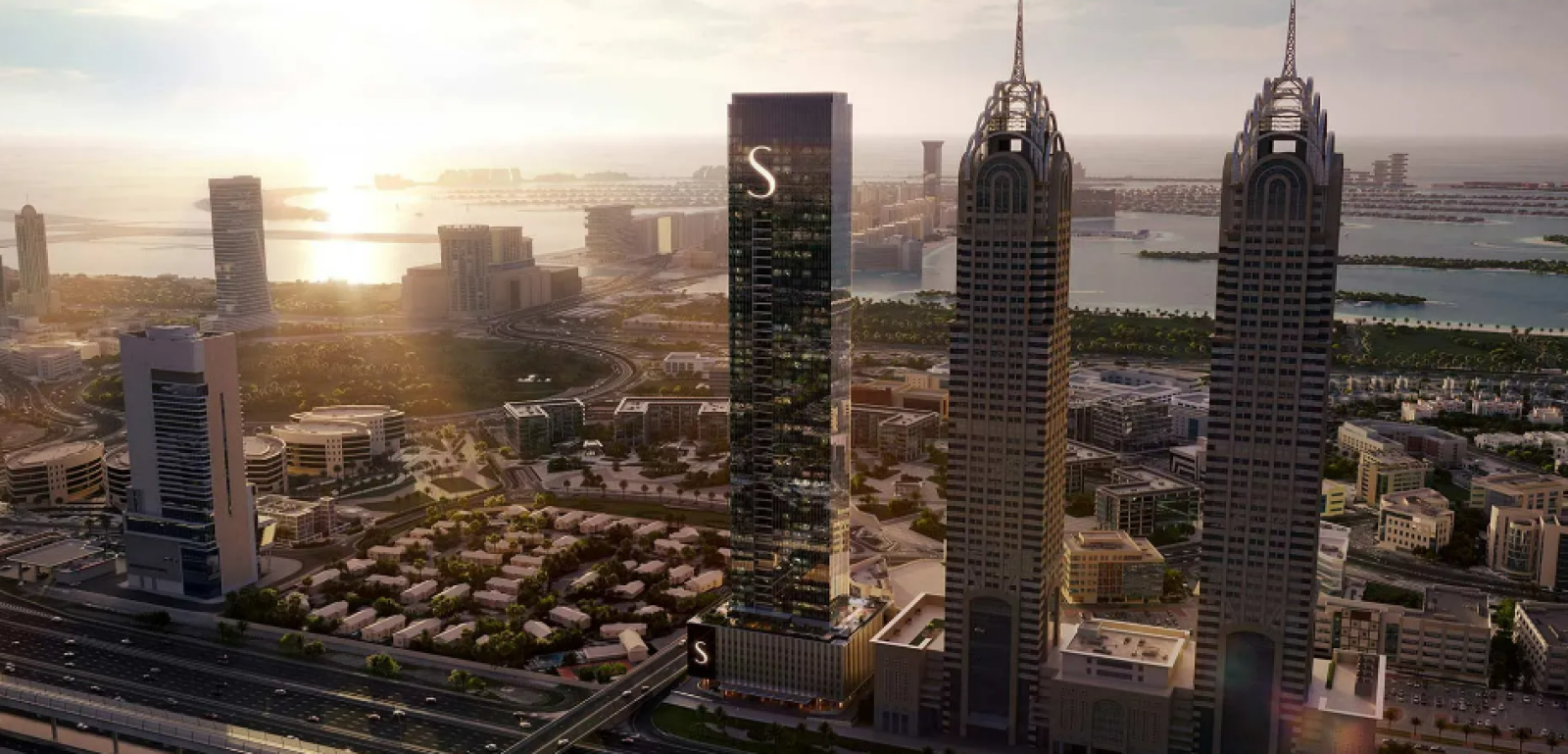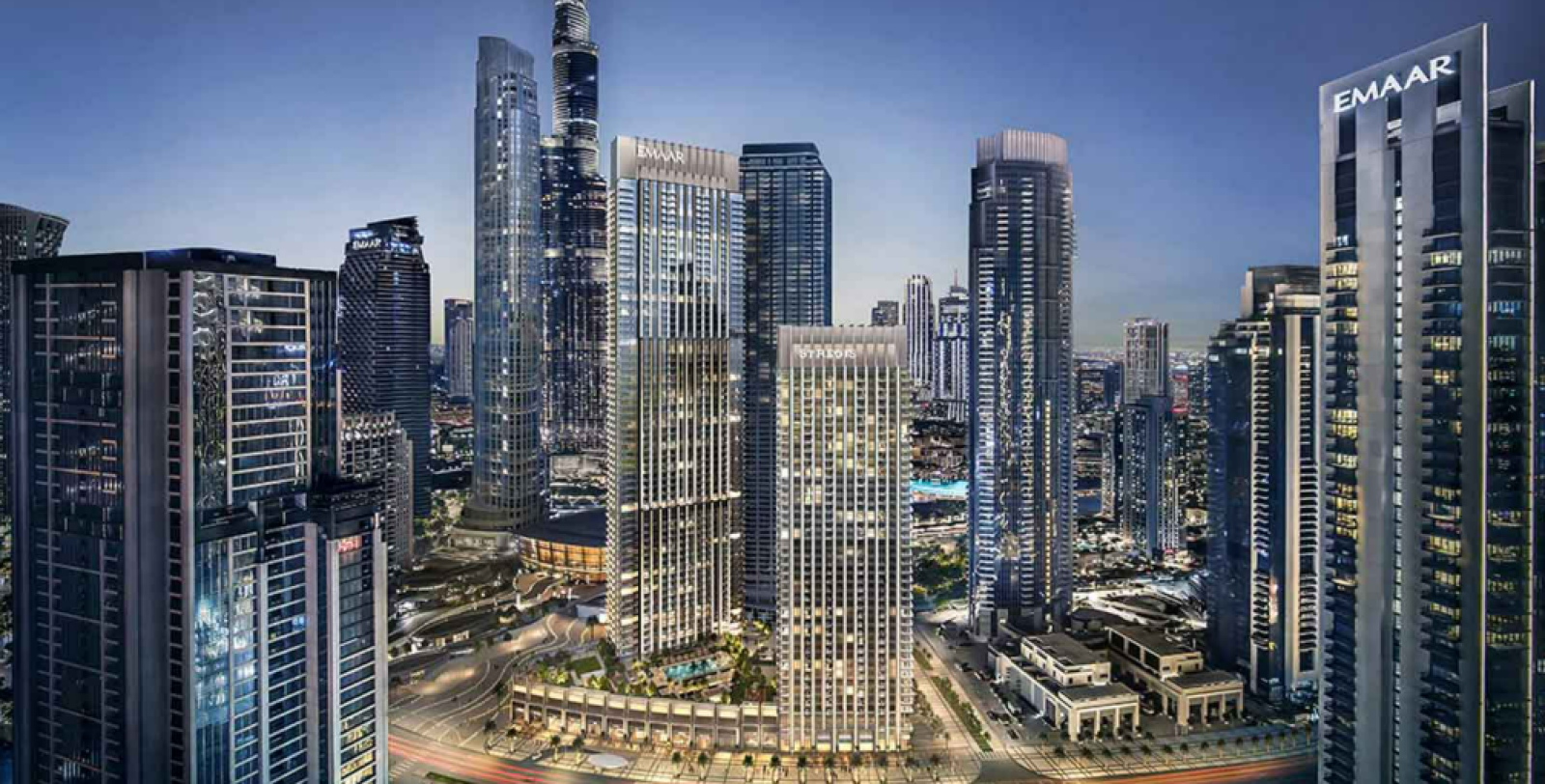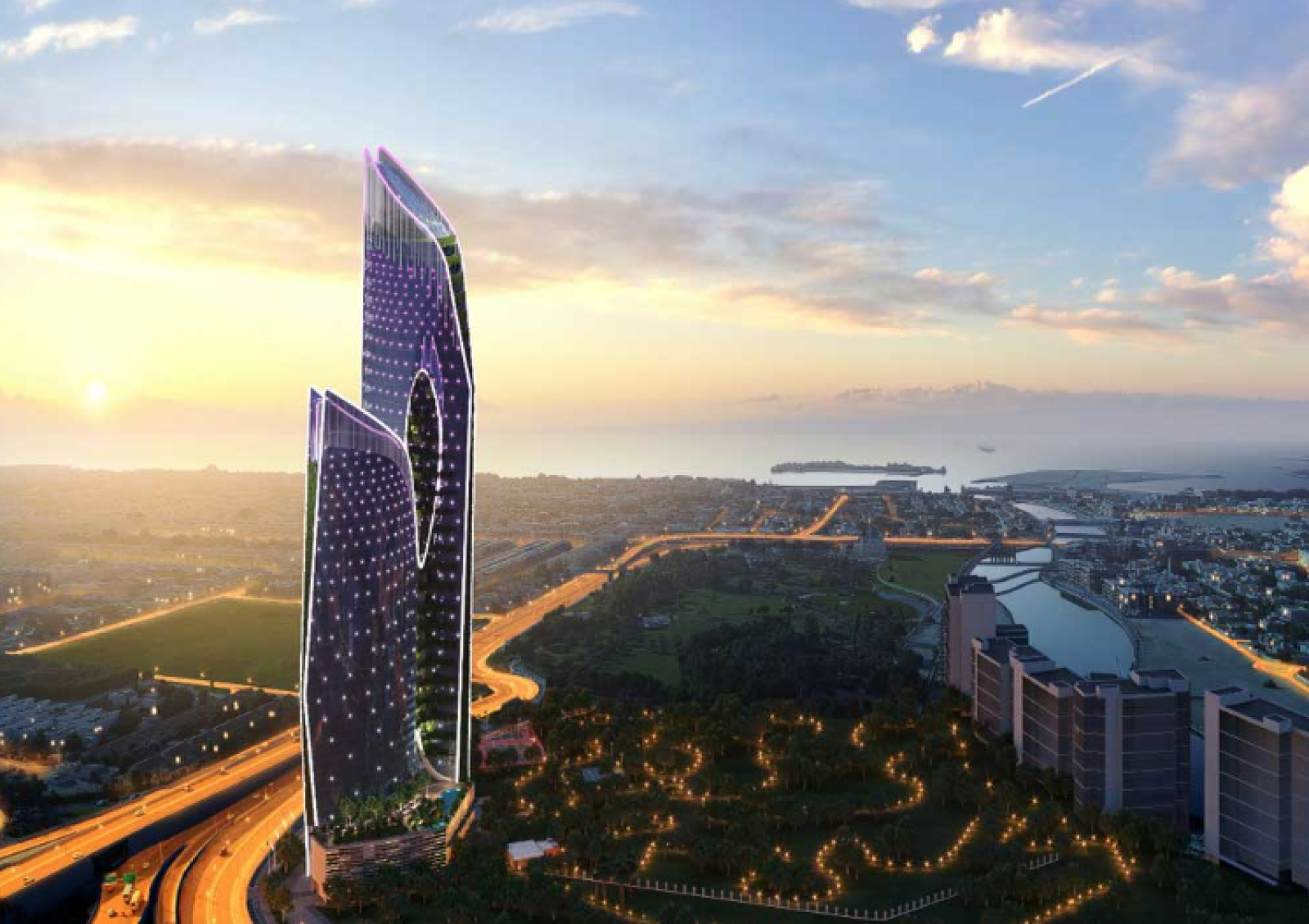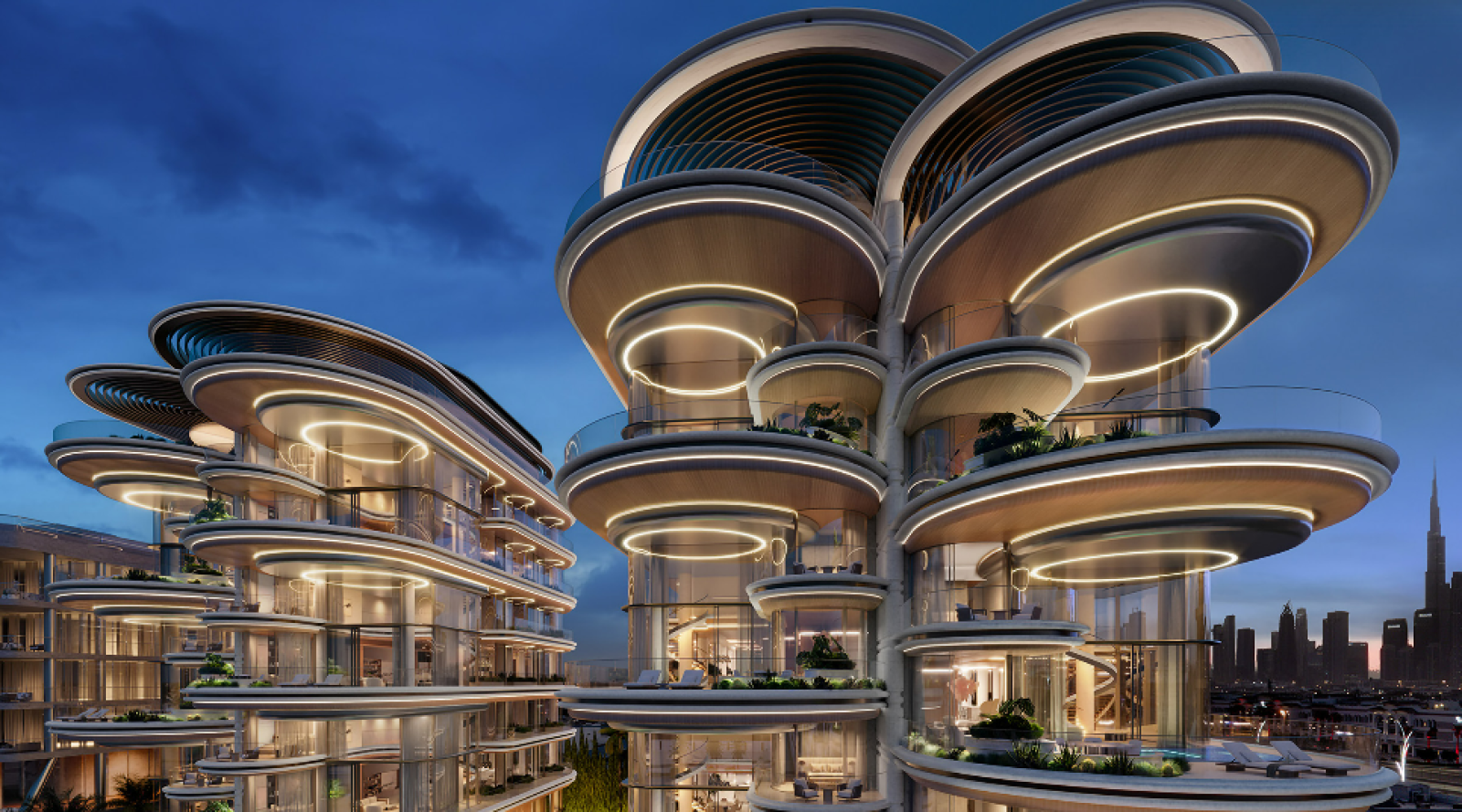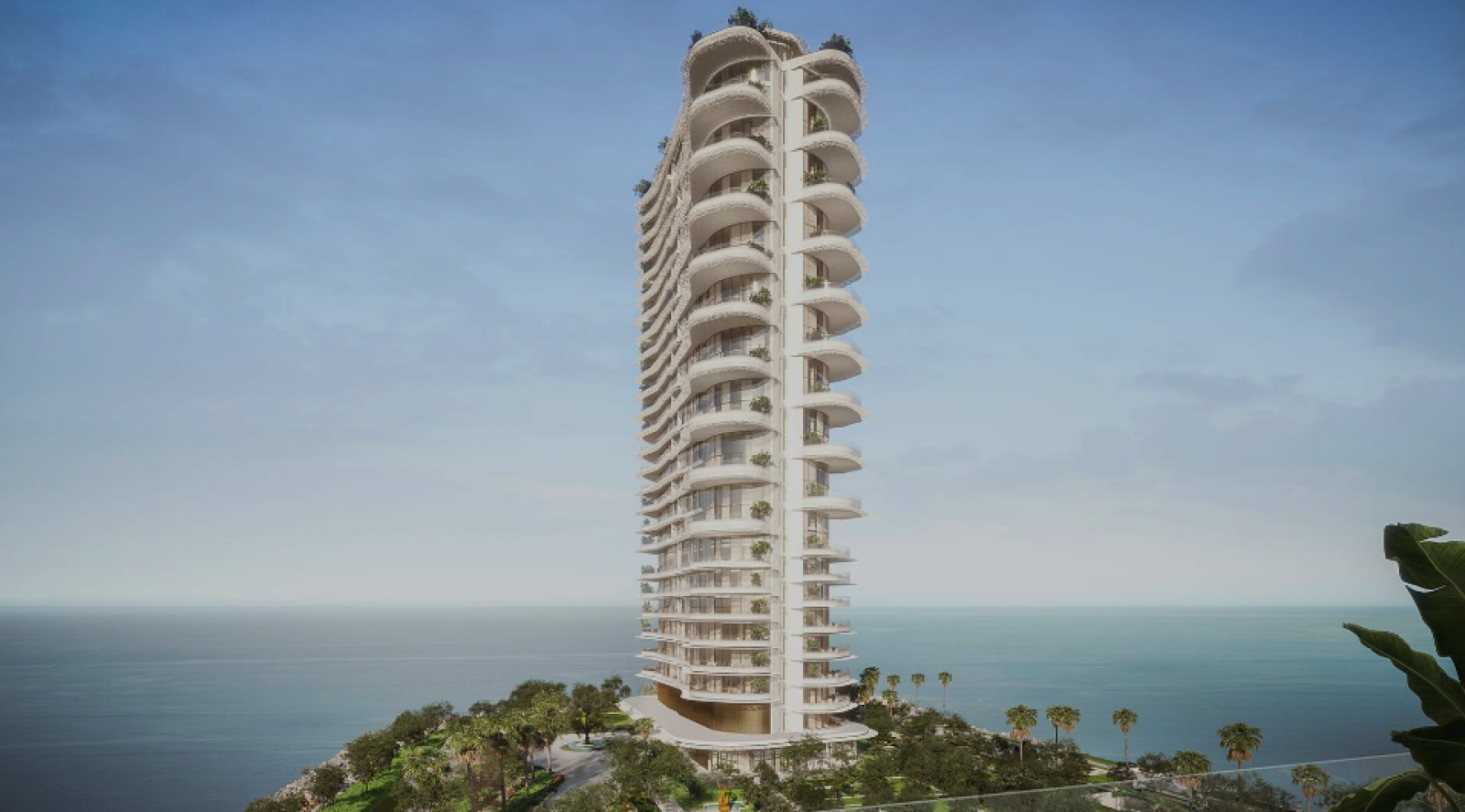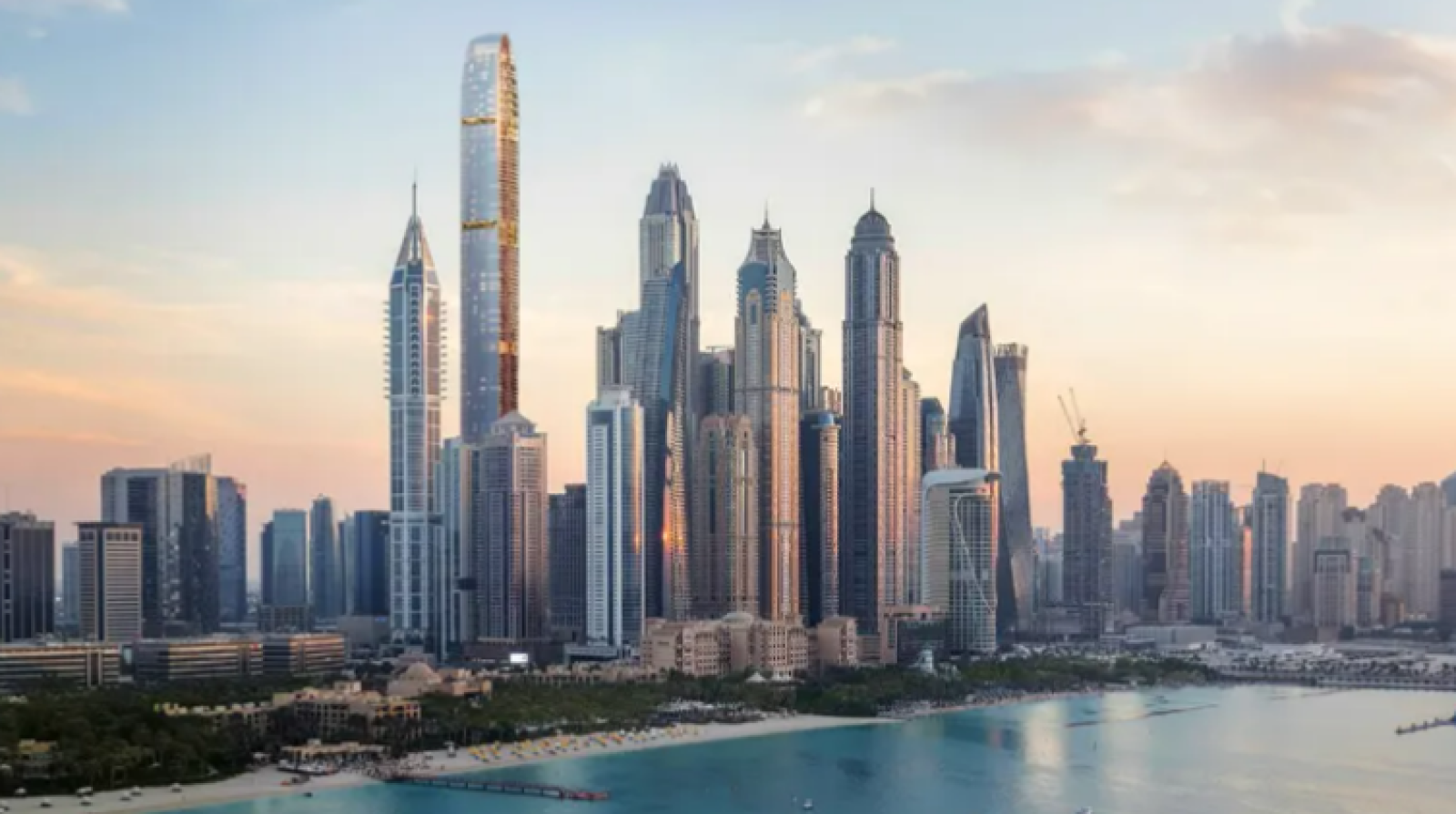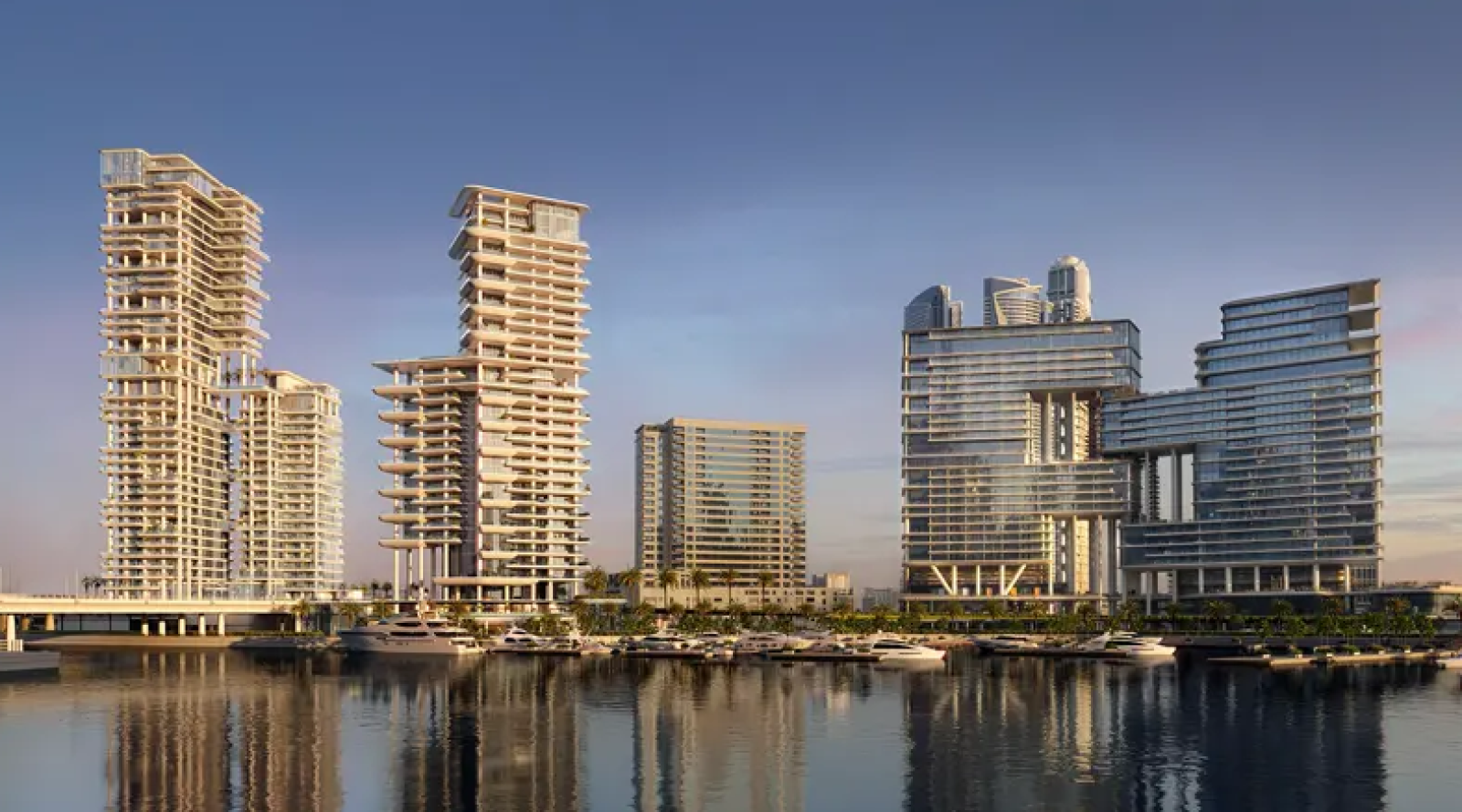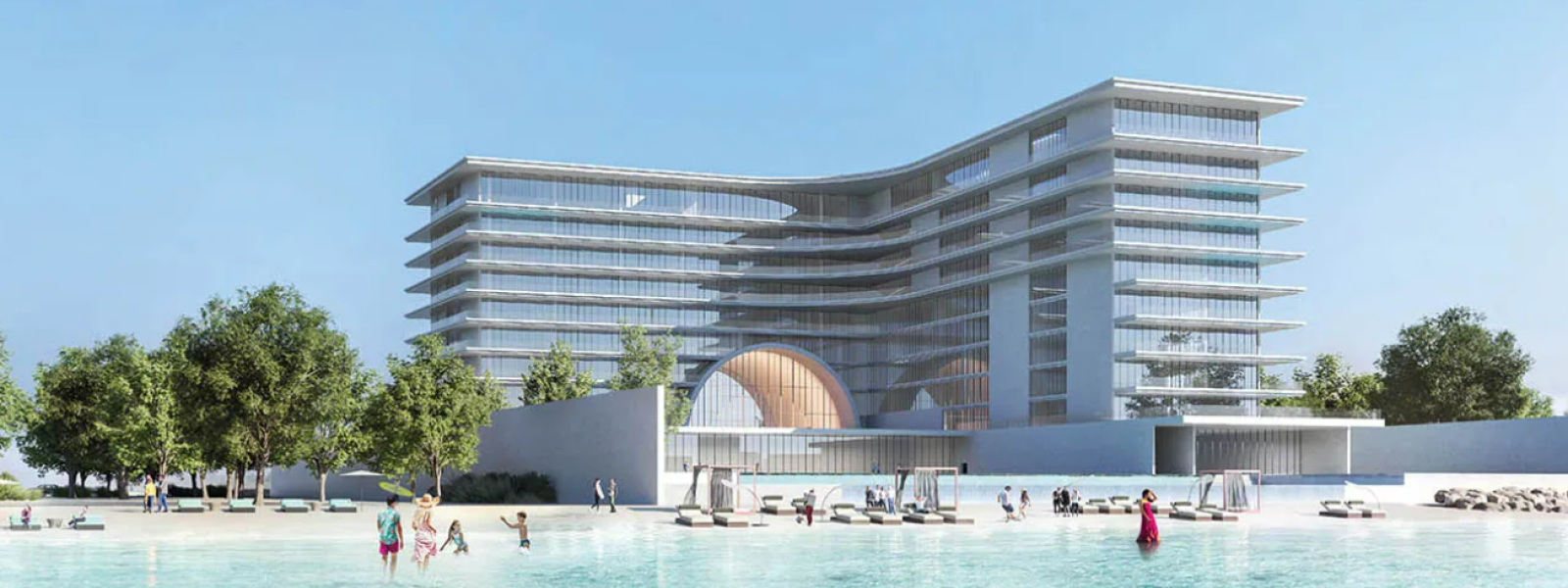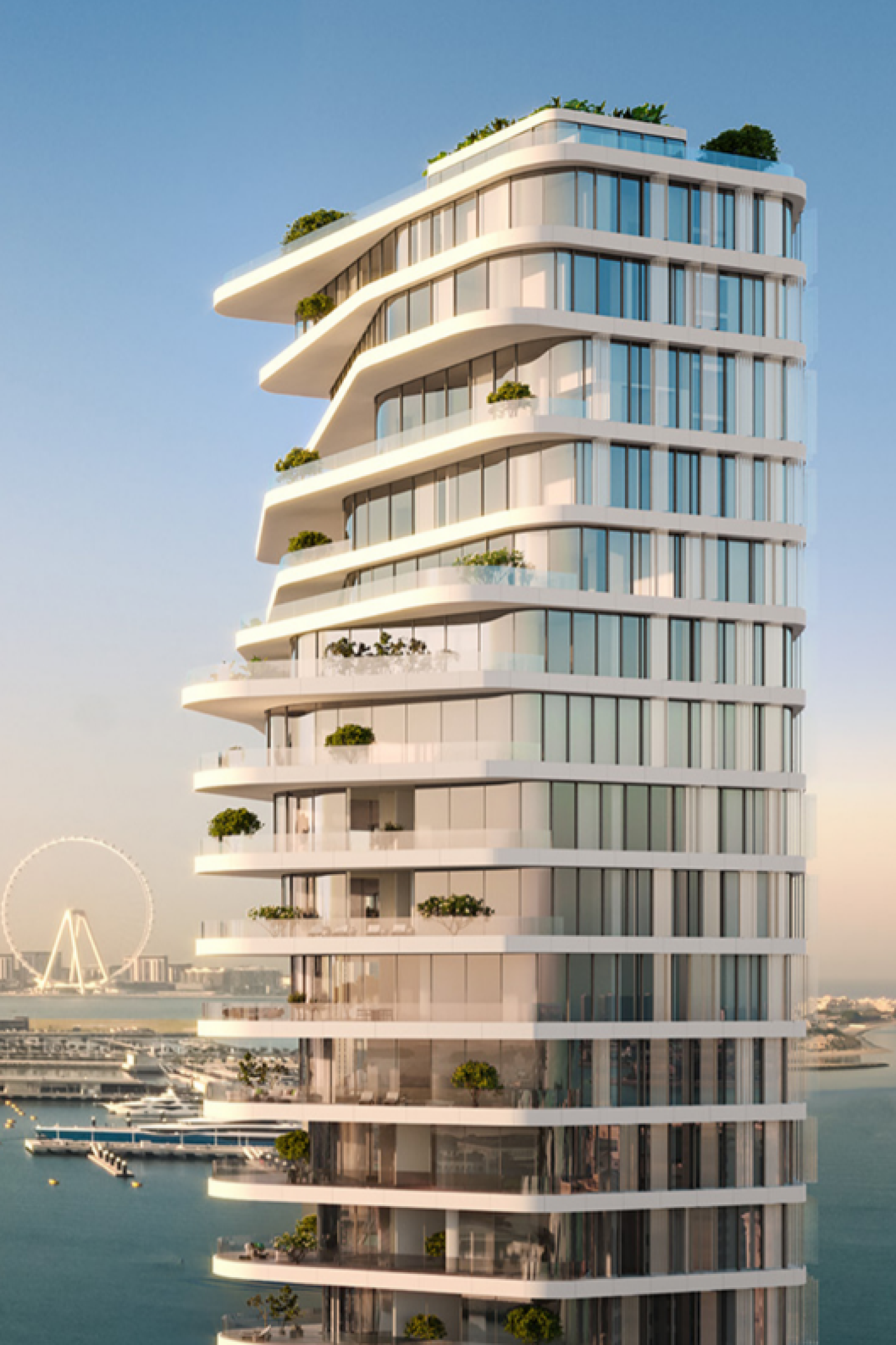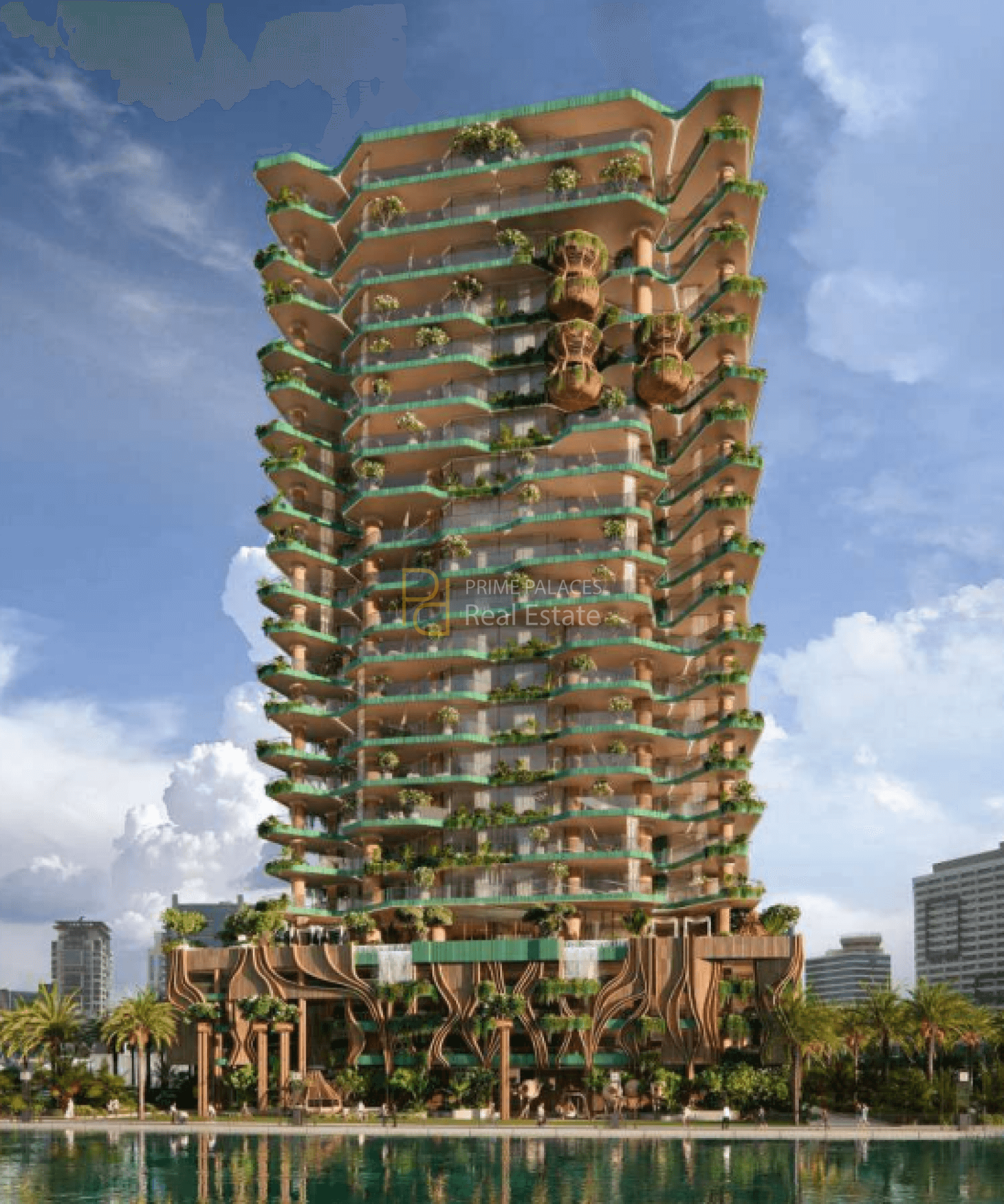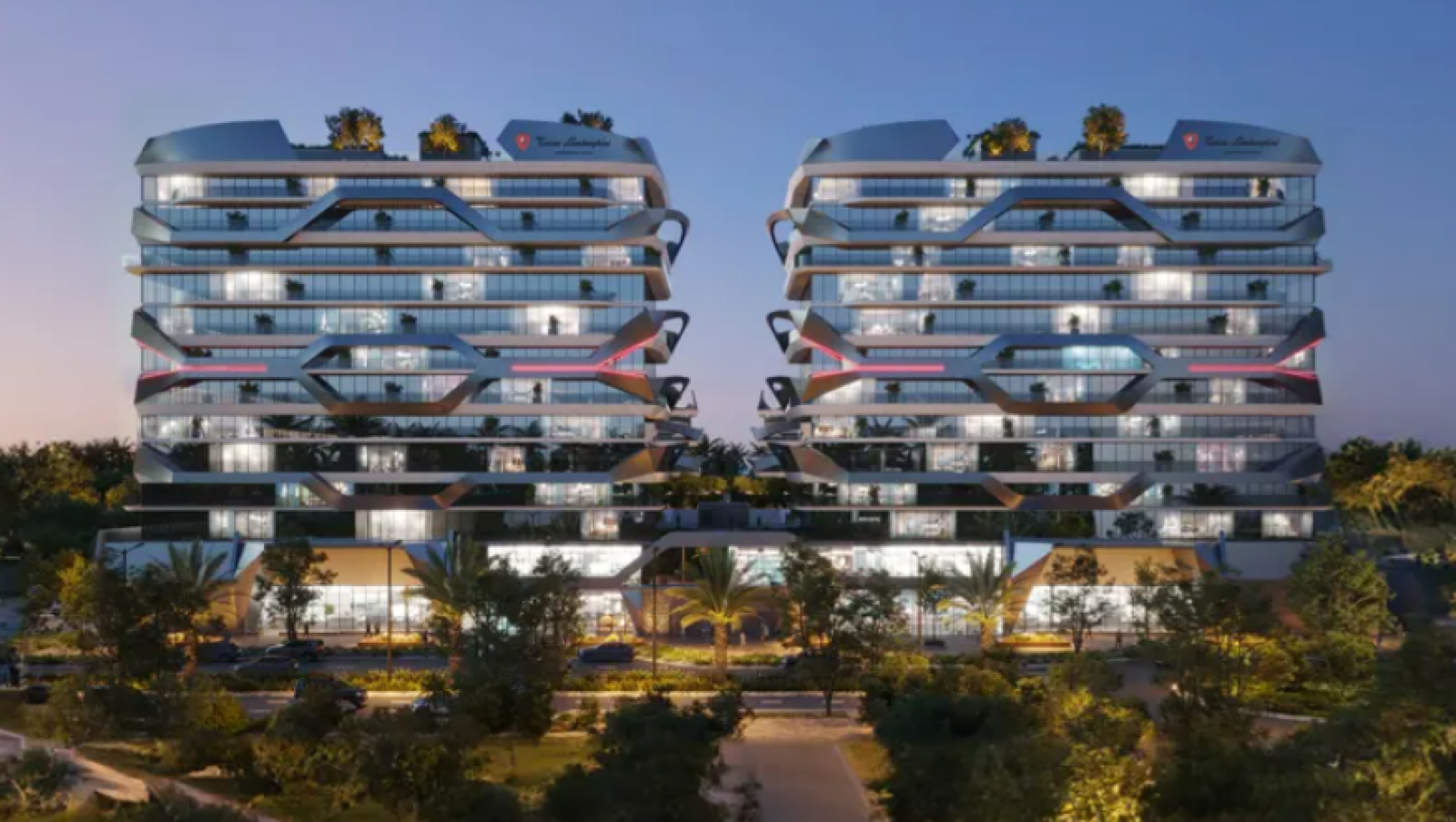The Future of Sustainable Real Estate in Dubai
Dubai’s reputation as a city of innovation is expanding beyond architectural ambition and luxury—it’s now strongly tied to sustainability. With climate change, urban expansion, and investor demand for eco-conscious living, the future of sustainable real estate in Dubai is becoming central to how properties are designed, built, and managed.
As global interest in ESG (Environmental, Social, and Governance) principles rises, Dubai’s developers, regulators, and residents are driving the next era of real estate investment in Dubai—one focused on efficiency, livability, and long-term environmental impact.
1. Government Commitment to Green Building
Dubai’s long-term development strategy, the Dubai 2040 Urban Master Plan, prioritizes sustainability through energy-efficient zoning, increased green spaces, and public transit integration. Regulatory authorities like the Dubai Municipality and the Dubai Land Department have enforced green building codes such as the Al Sa’fat system, which mandates resource-efficient construction and operational practices for new buildings.
Projects that adhere to these guidelines are not only environmentally conscious but are increasingly favored by buyers seeking future-proof assets in the Dubai property market.
2. Rise of Smart, Energy-Efficient Communities
Modern developments such as Tilal Al Ghaf, The Sustainable City, and Dubai Hills Estate integrate solar panels, water recycling, and smart systems to monitor and optimize energy use. These communities are redefining sustainable living in Dubai by offering not just green architecture but walkability, reduced emissions, and community-focused urban layouts.
For investors, these projects offer long-term capital appreciation as demand for sustainable housing rises, especially among millennial and Gen Z buyers who prioritize lifestyle alignment with environmental values.
3. Demand from Environmentally Conscious Tenants and Buyers
Increasingly, buyers and tenants are asking about a building’s energy ratings, insulation, and utility consumption before making decisions. Rental income in Dubai is now being influenced by sustainability credentials, particularly in the short-term rental market, where tourists seek eco-conscious accommodations.
Landlords who invest in green retrofitting, smart thermostats, or LEED-certified buildings are seeing better rental yields in Dubai, as properties with lower running costs and modern features attract premium tenants.
4. Sustainable Off-Plan Developments
A growing number of off-plan properties in Dubai are being designed with sustainability at their core. These include energy-efficient construction materials, green roofs, and integrated transport options. Buyers entering off-plan investment in Dubai can now choose from projects specifically designed to minimize carbon footprints and operating costs over time.
Developers like Majid Al Futtaim and Emaar are leading this shift, embedding sustainability metrics into their planning, marketing, and long-term maintenance frameworks.
5. Regulatory Incentives and Global Investment Trends
Dubai is aligning its real estate offerings with global ESG investment standards. Government initiatives such as green mortgages, fast-track approvals for sustainable buildings, and reduced utility rates for low-consumption properties all support this trend.
As international investors increasingly prioritize environmental performance, sustainable real estate in Dubai is expected to attract a larger share of cross-border capital, reinforcing its importance within the broader Dubai real estate market.
Conclusion: From Concept to Market Standard
What was once a niche segment is rapidly becoming the new norm. The future of sustainable real estate in Dubai isn’t just about reducing emissions—it’s about enhancing lifestyle, reducing ownership costs, and aligning with long-term urban planning goals.
For both investors and residents, embracing this shift offers access to properties that are future-ready, environmentally responsible, and financially rewarding. In a city defined by transformation, sustainability is no longer an option—it’s a competitive advantage.

